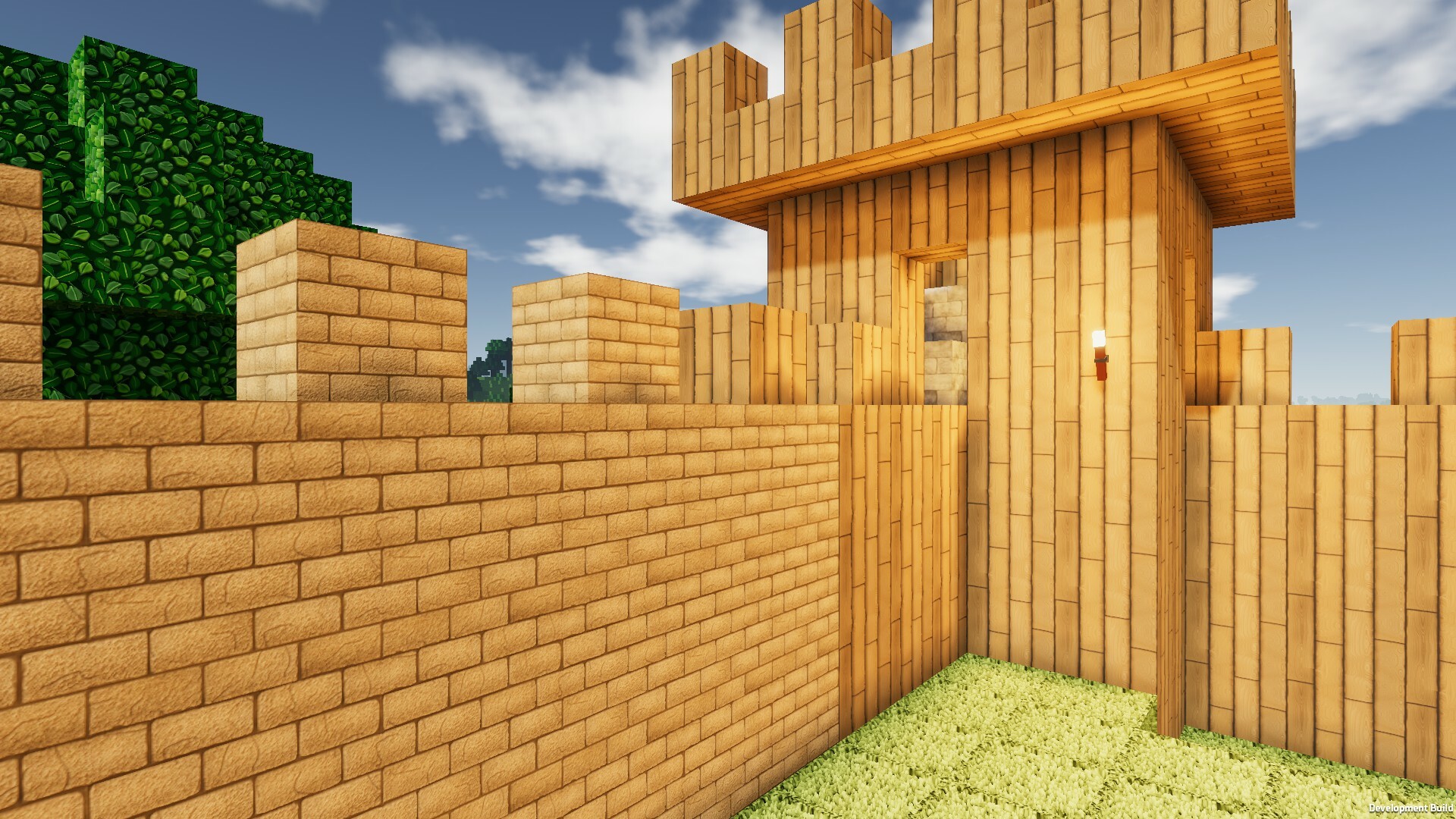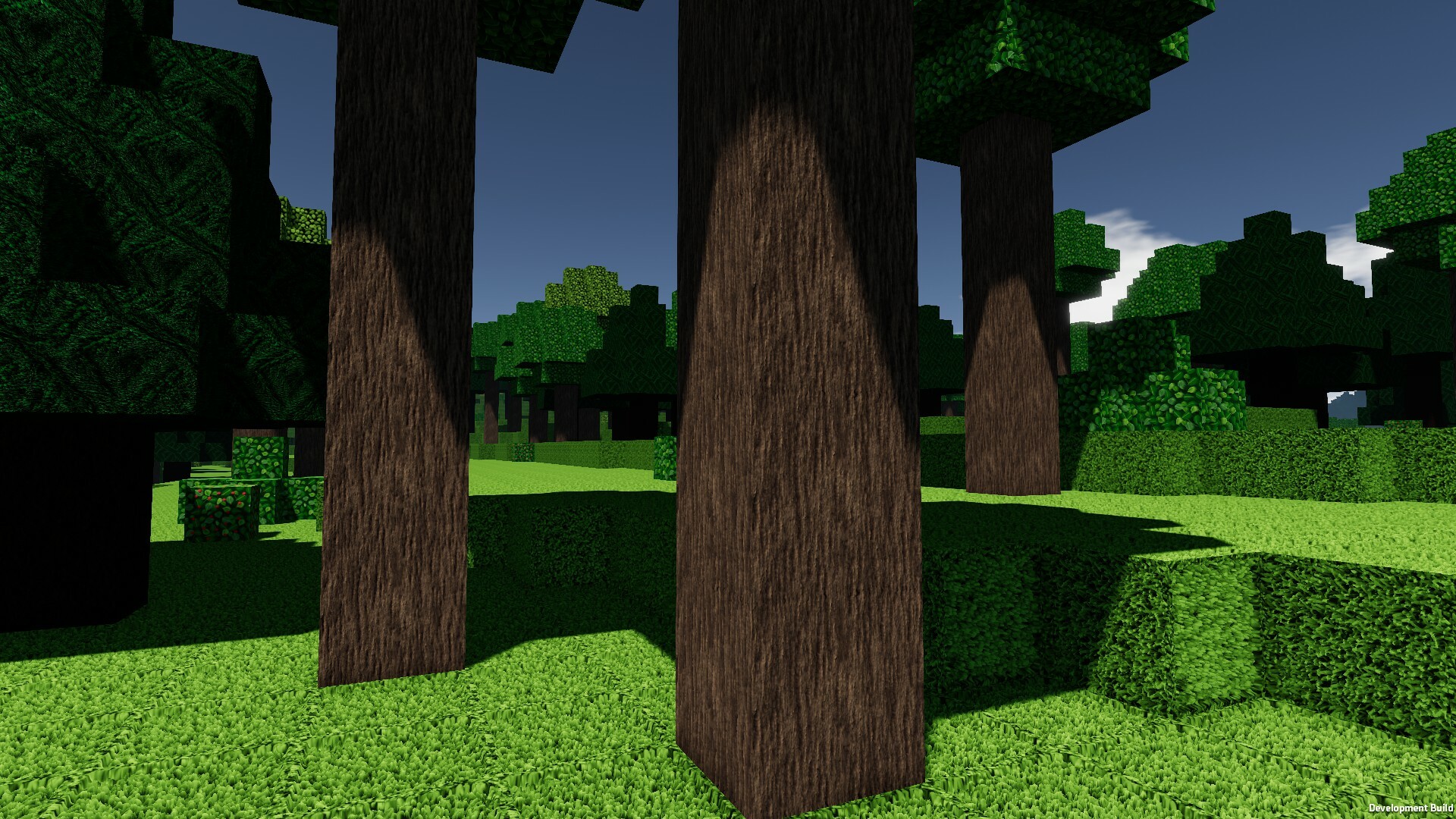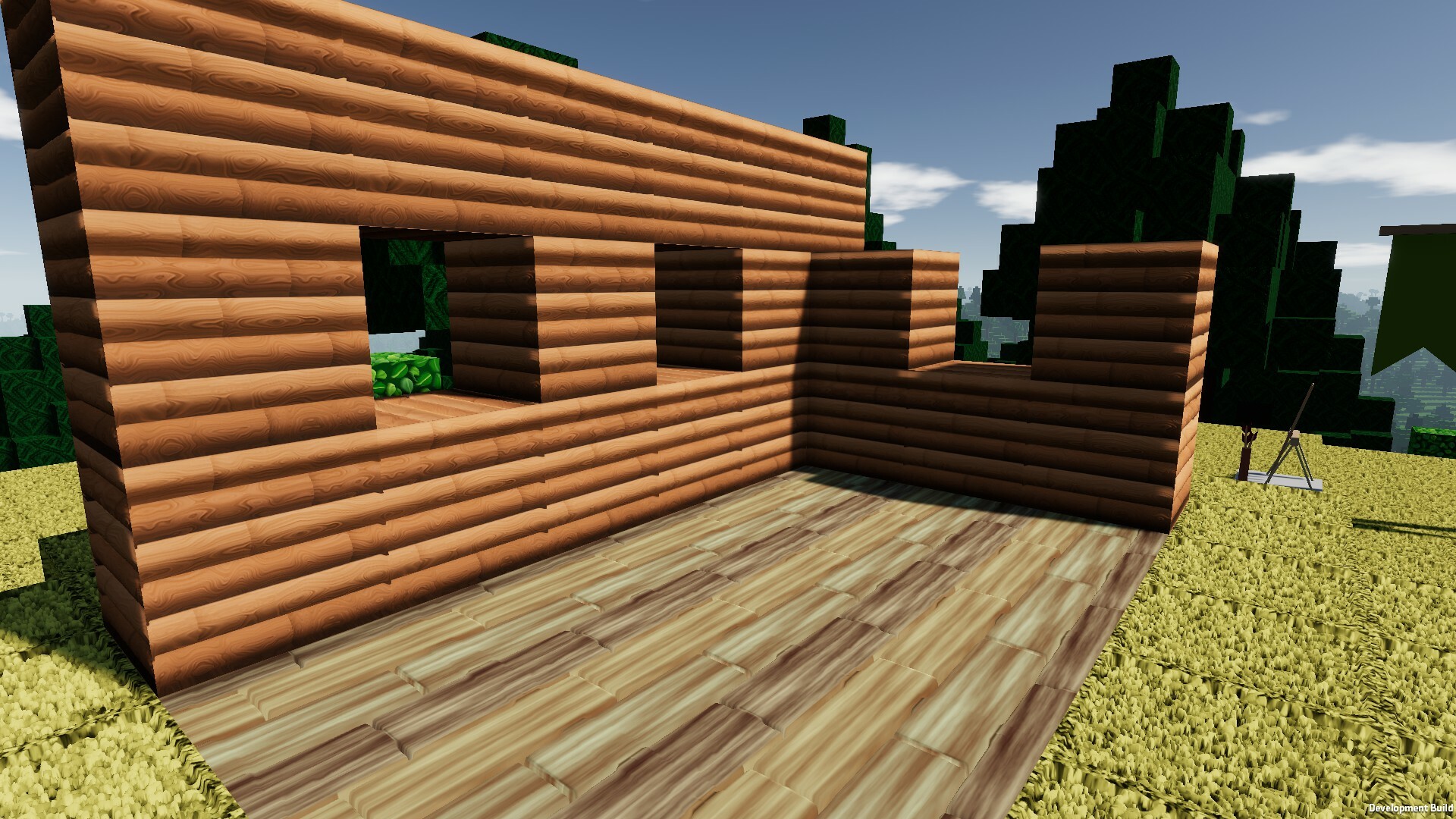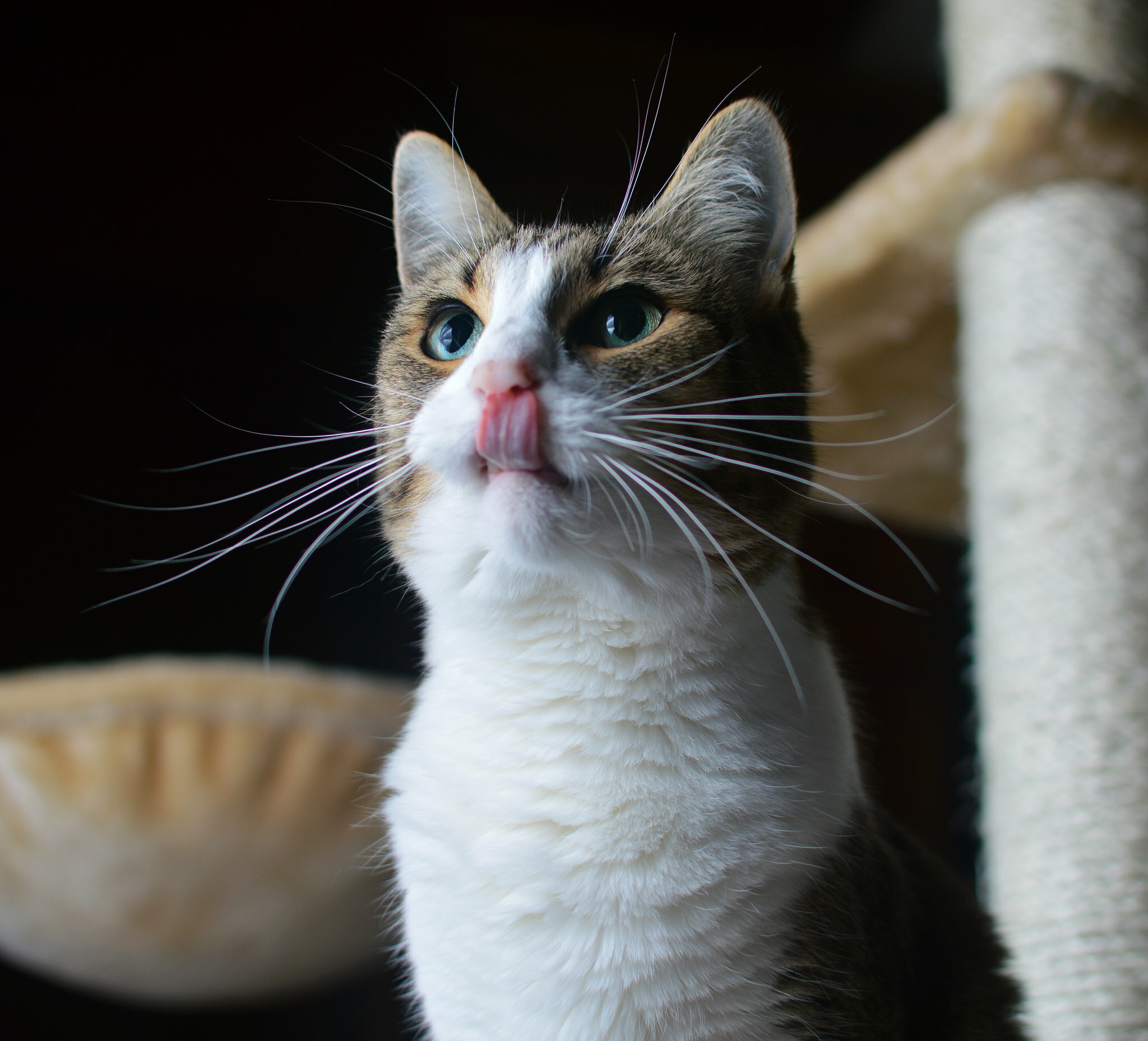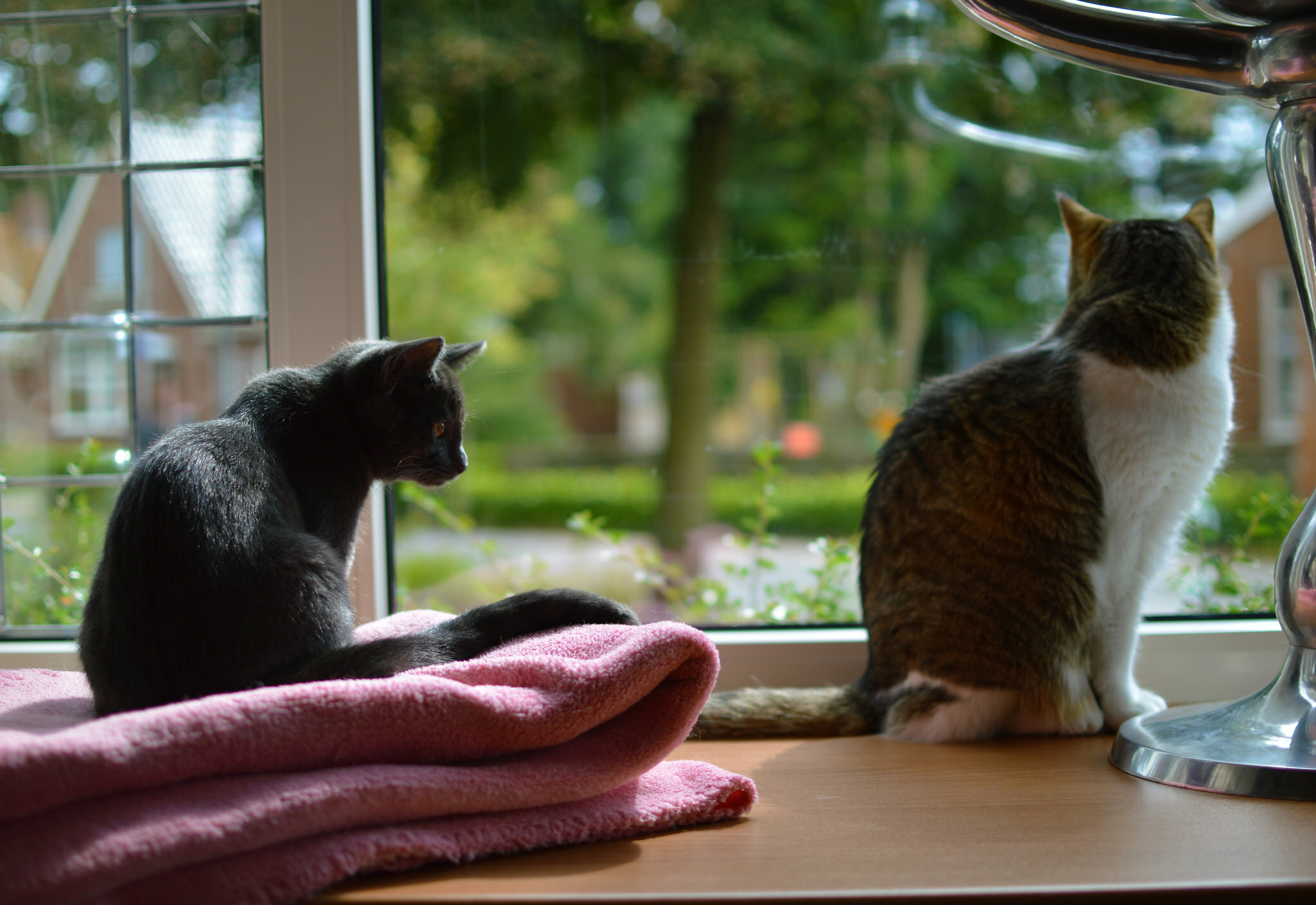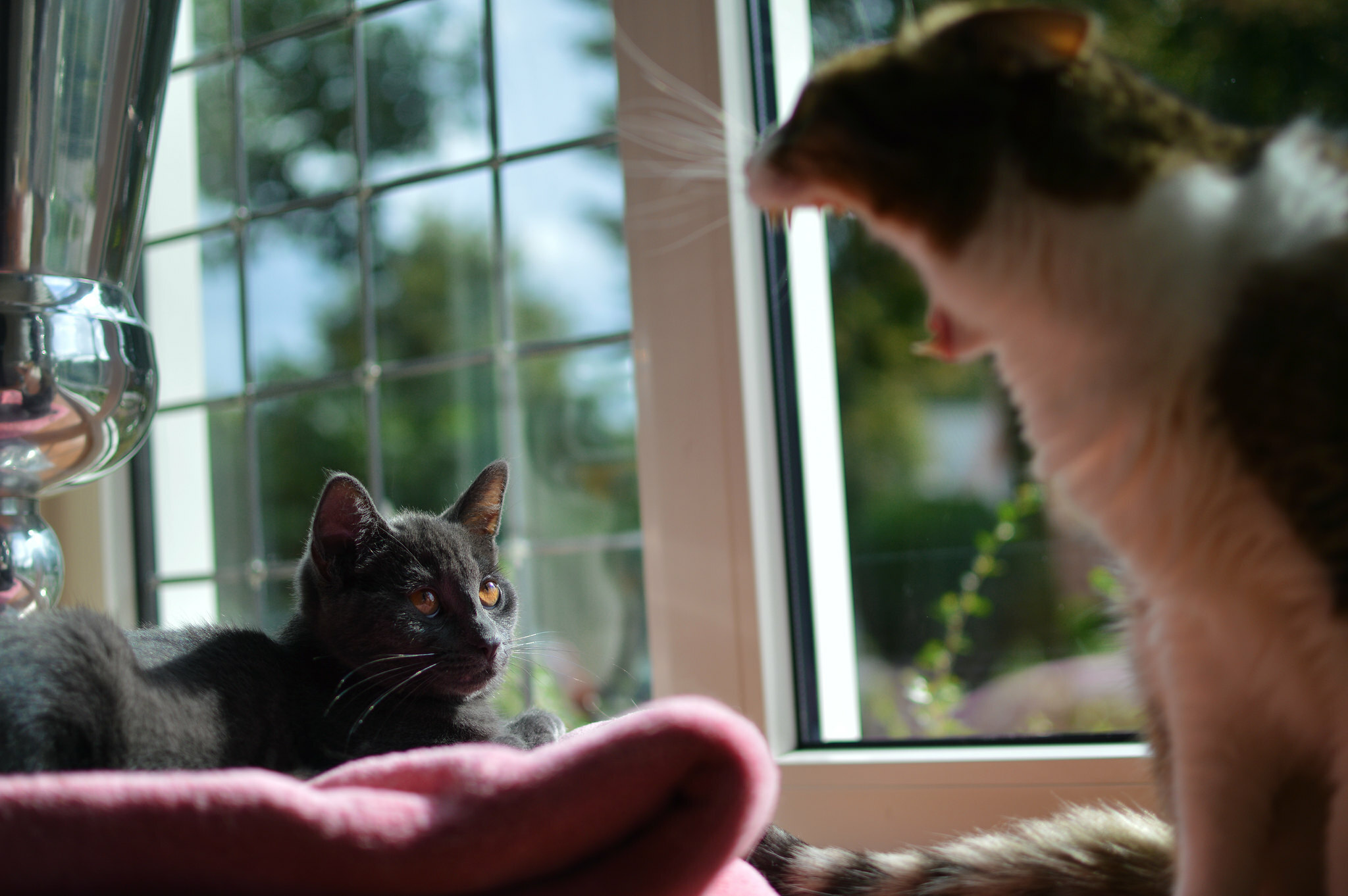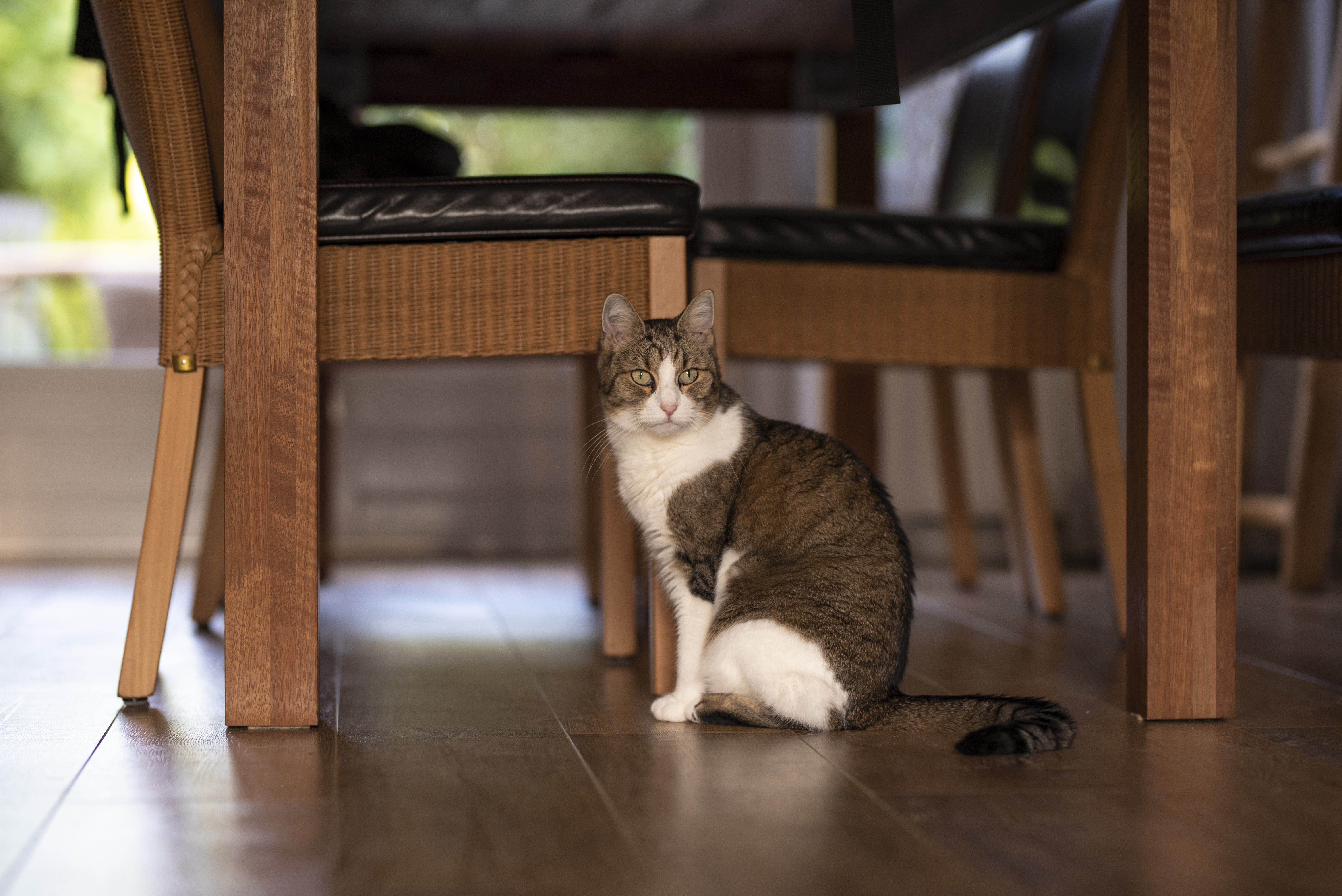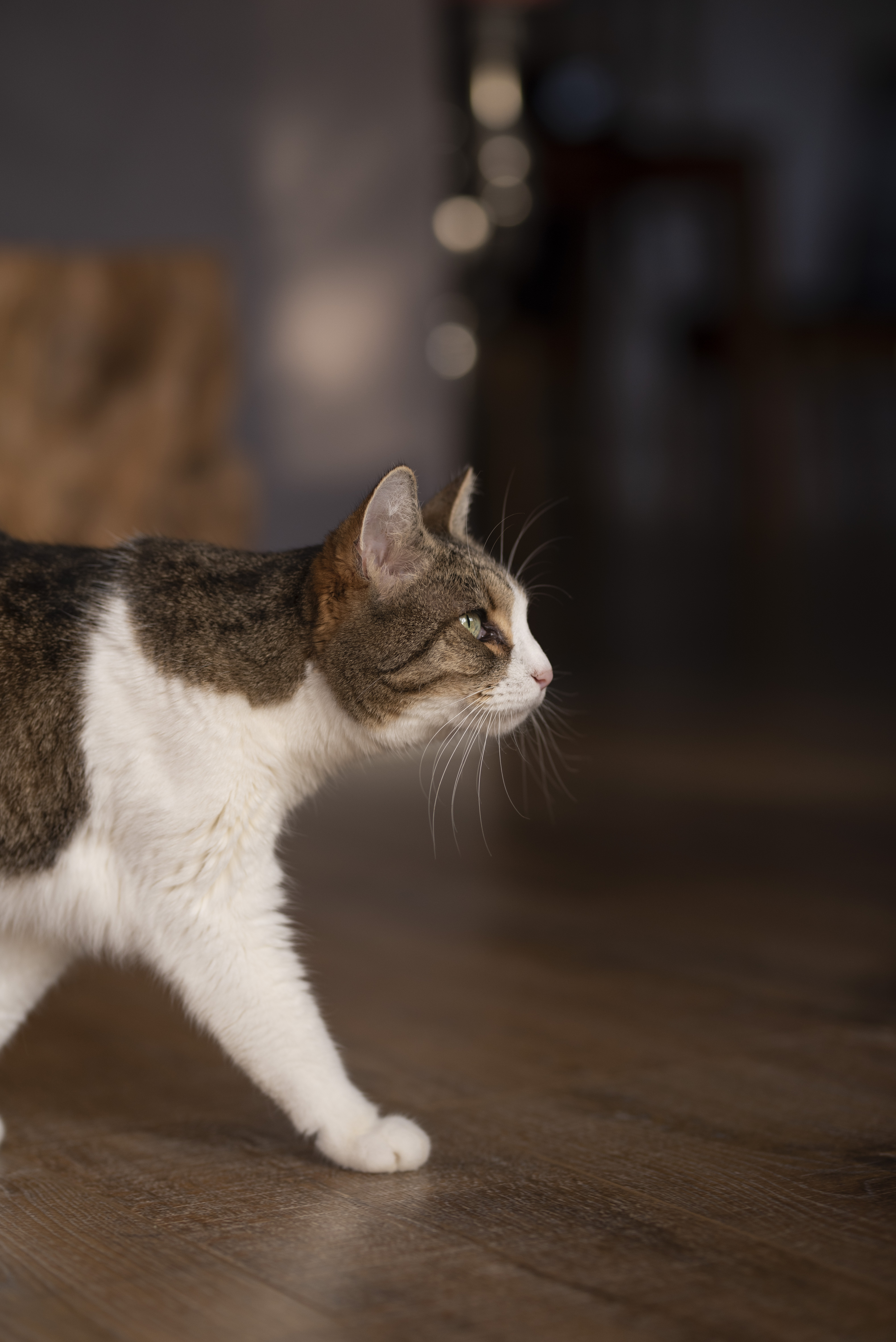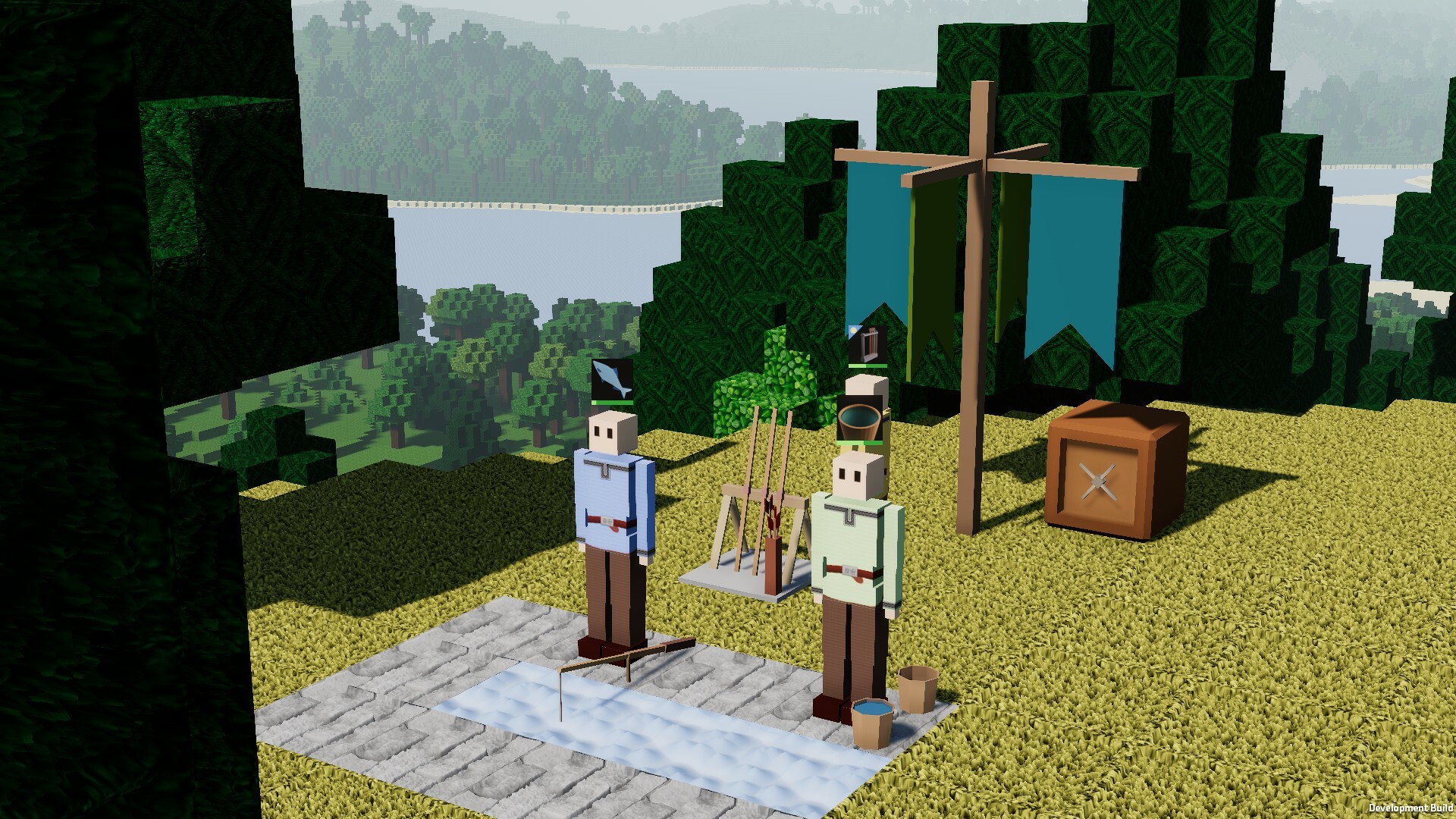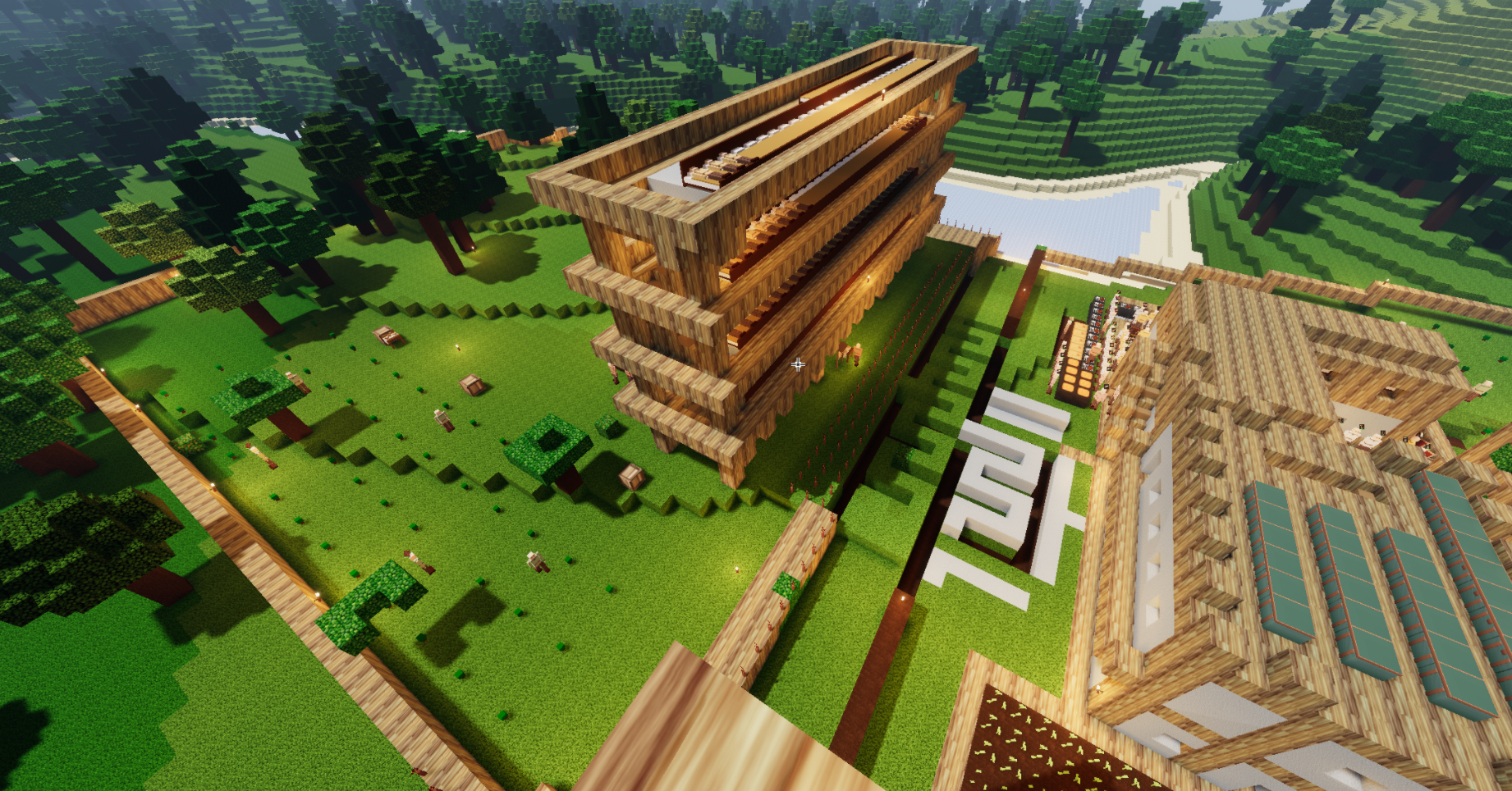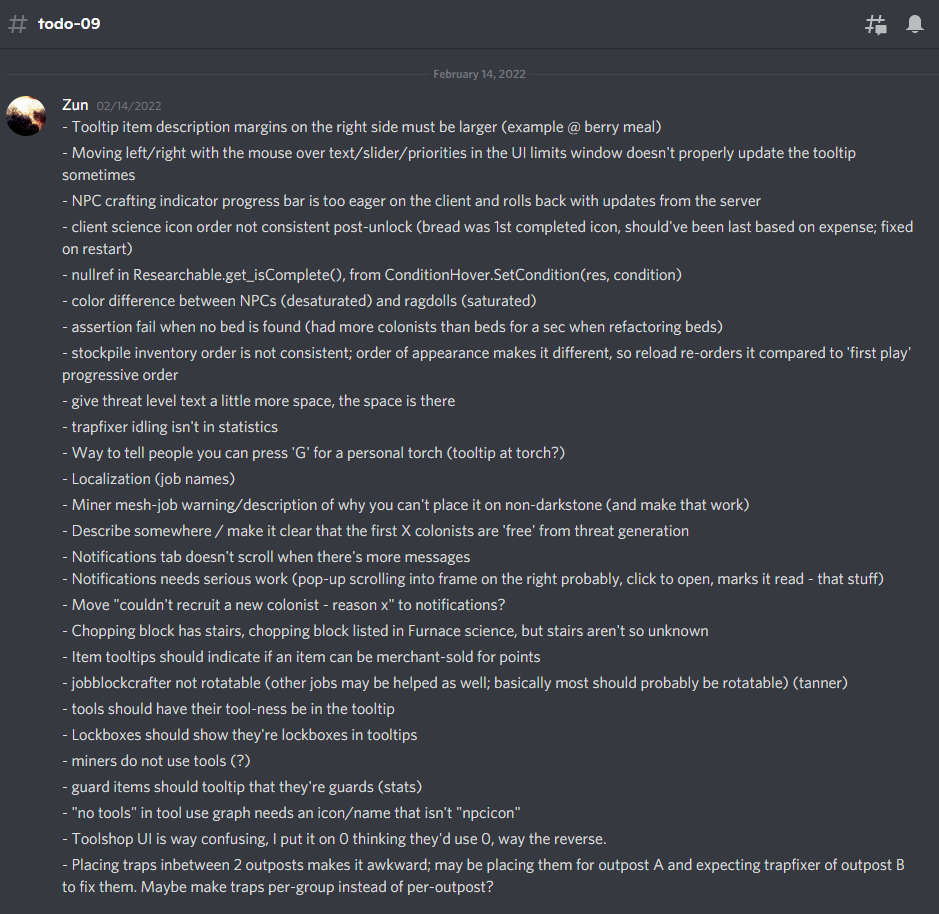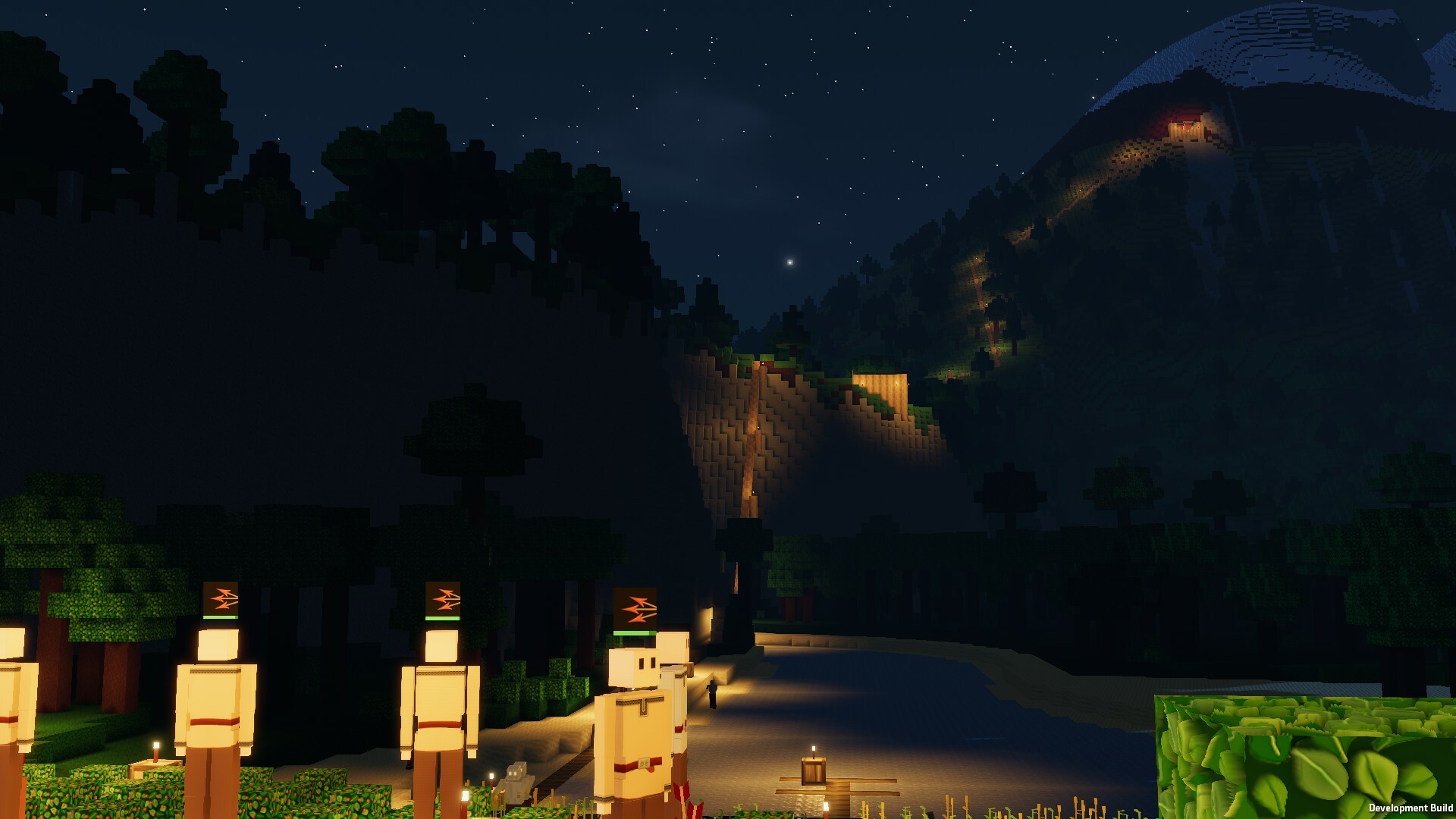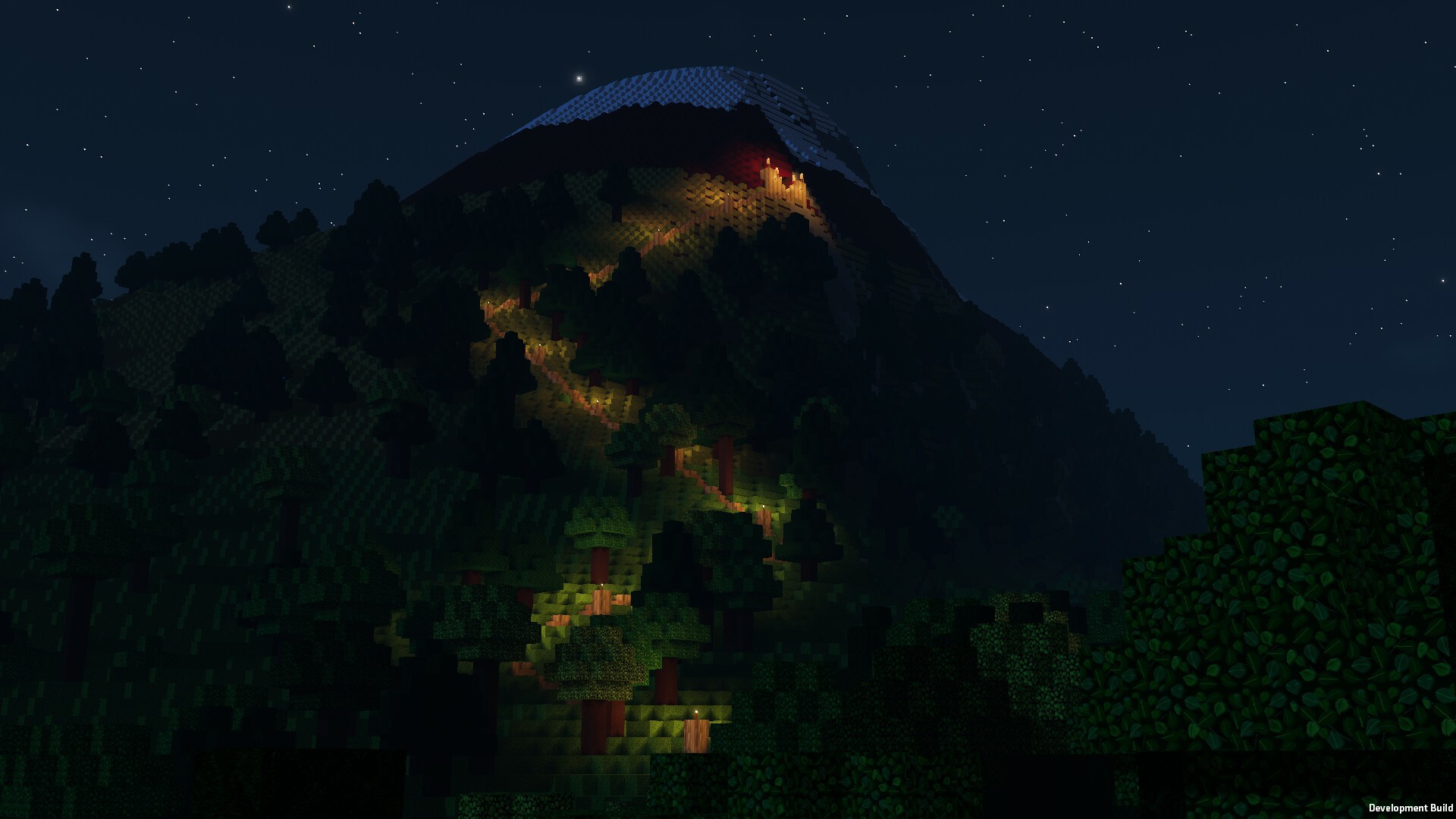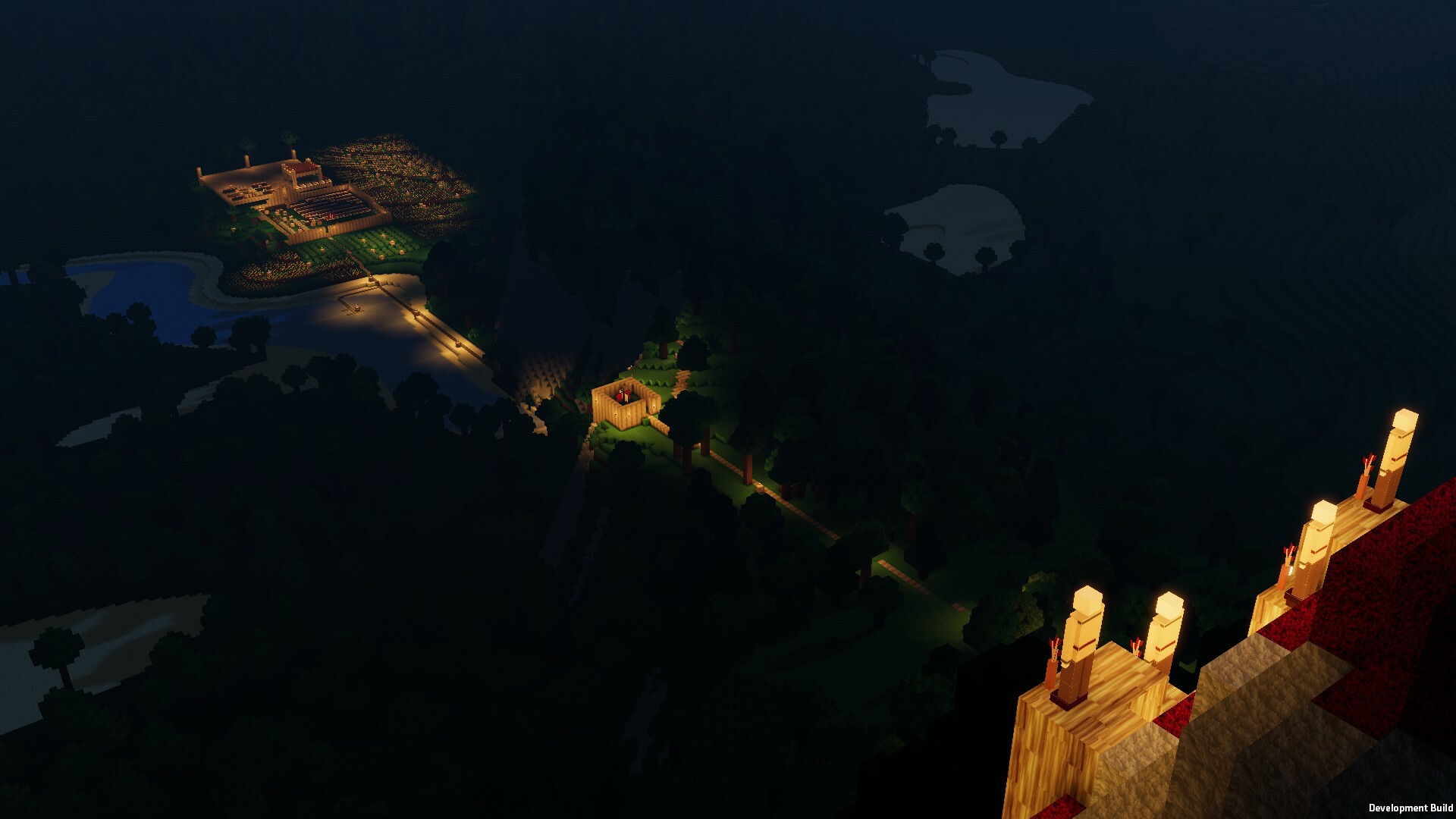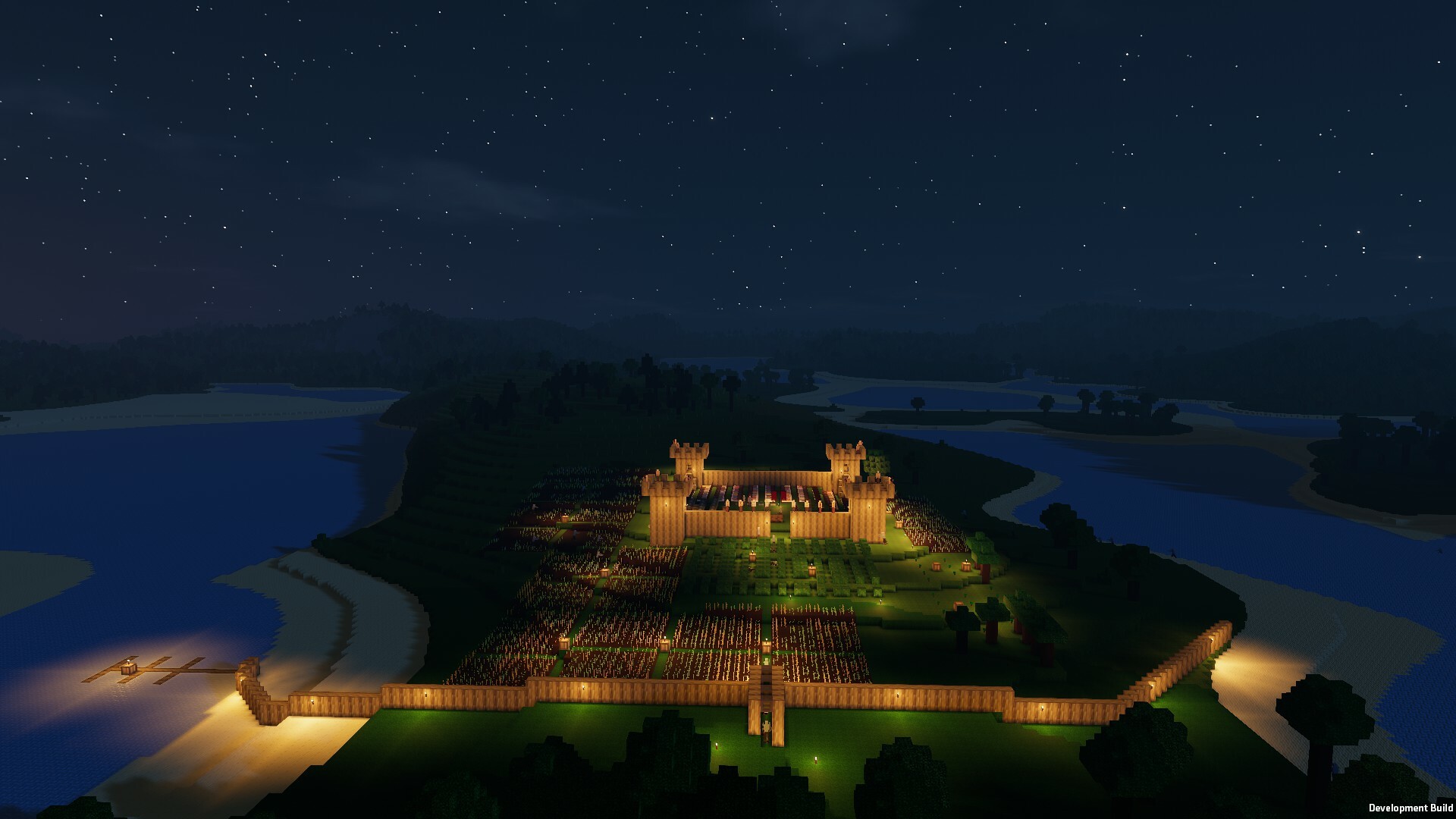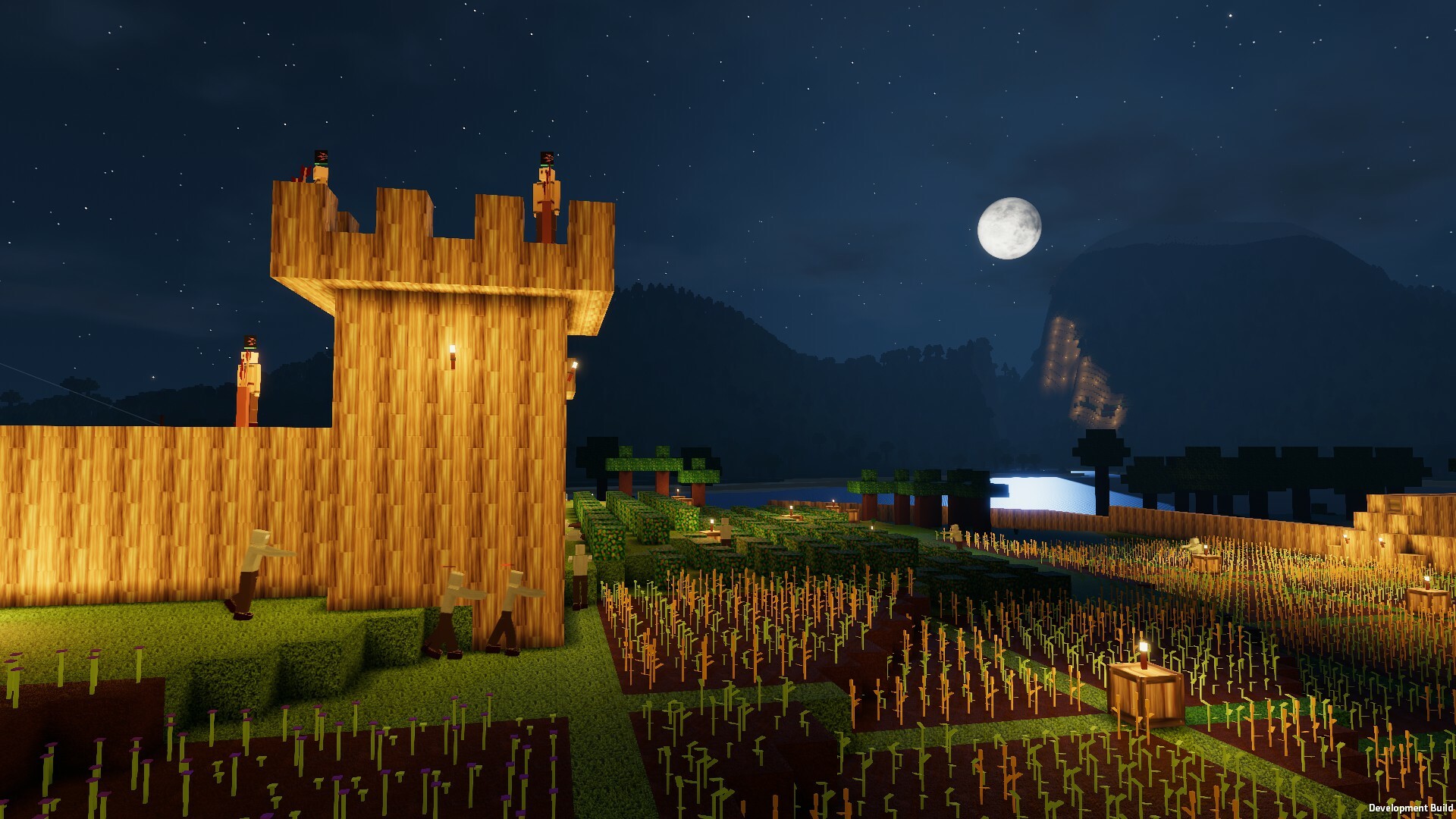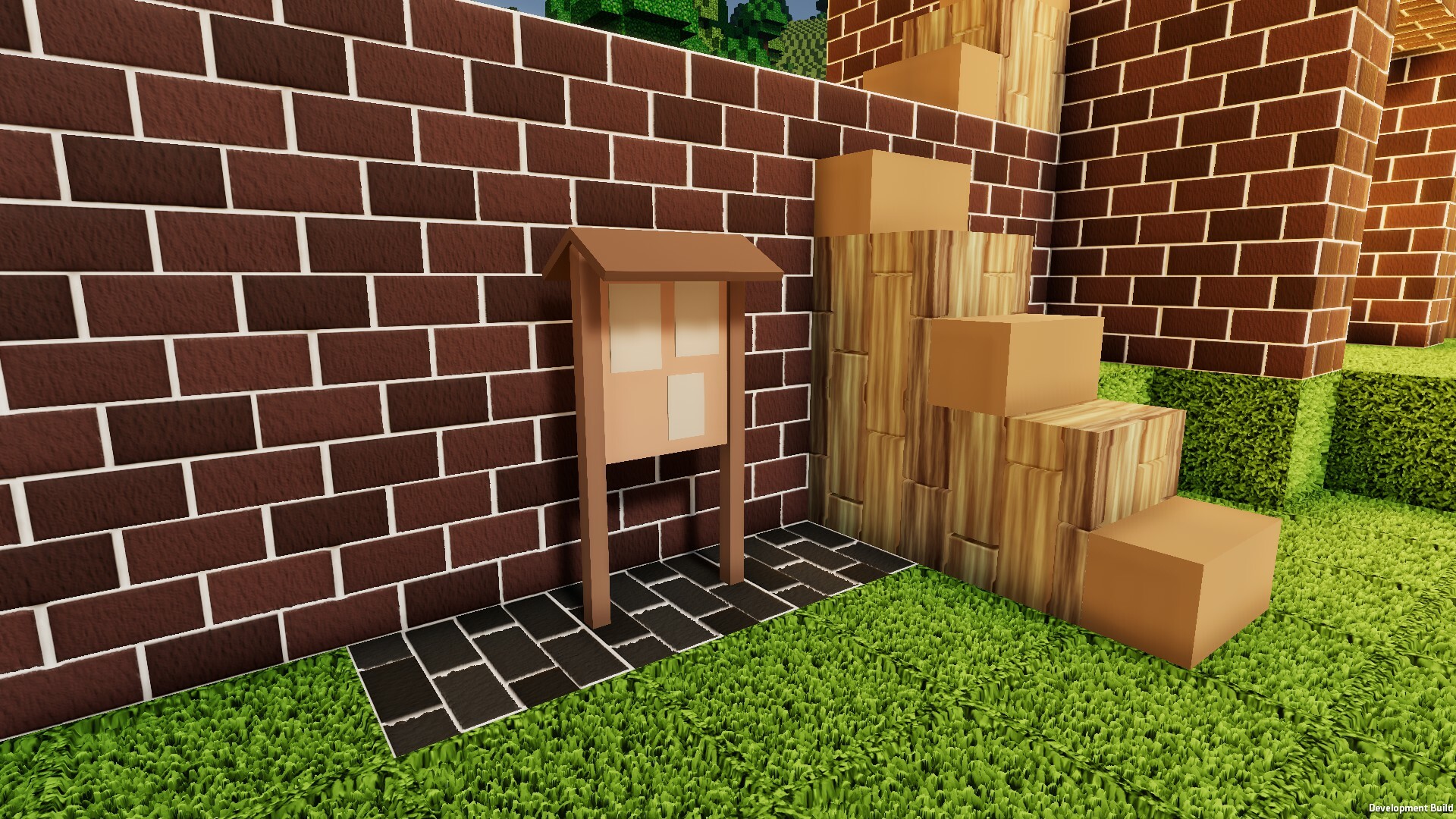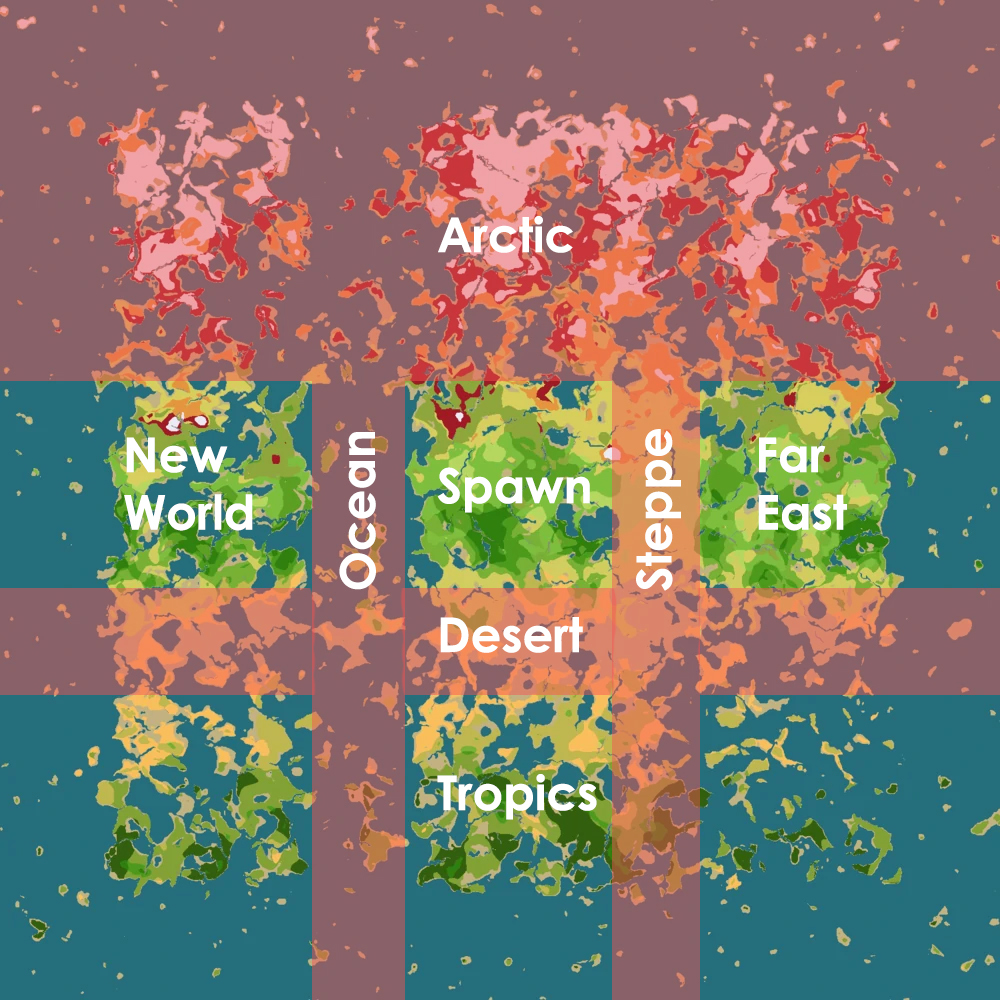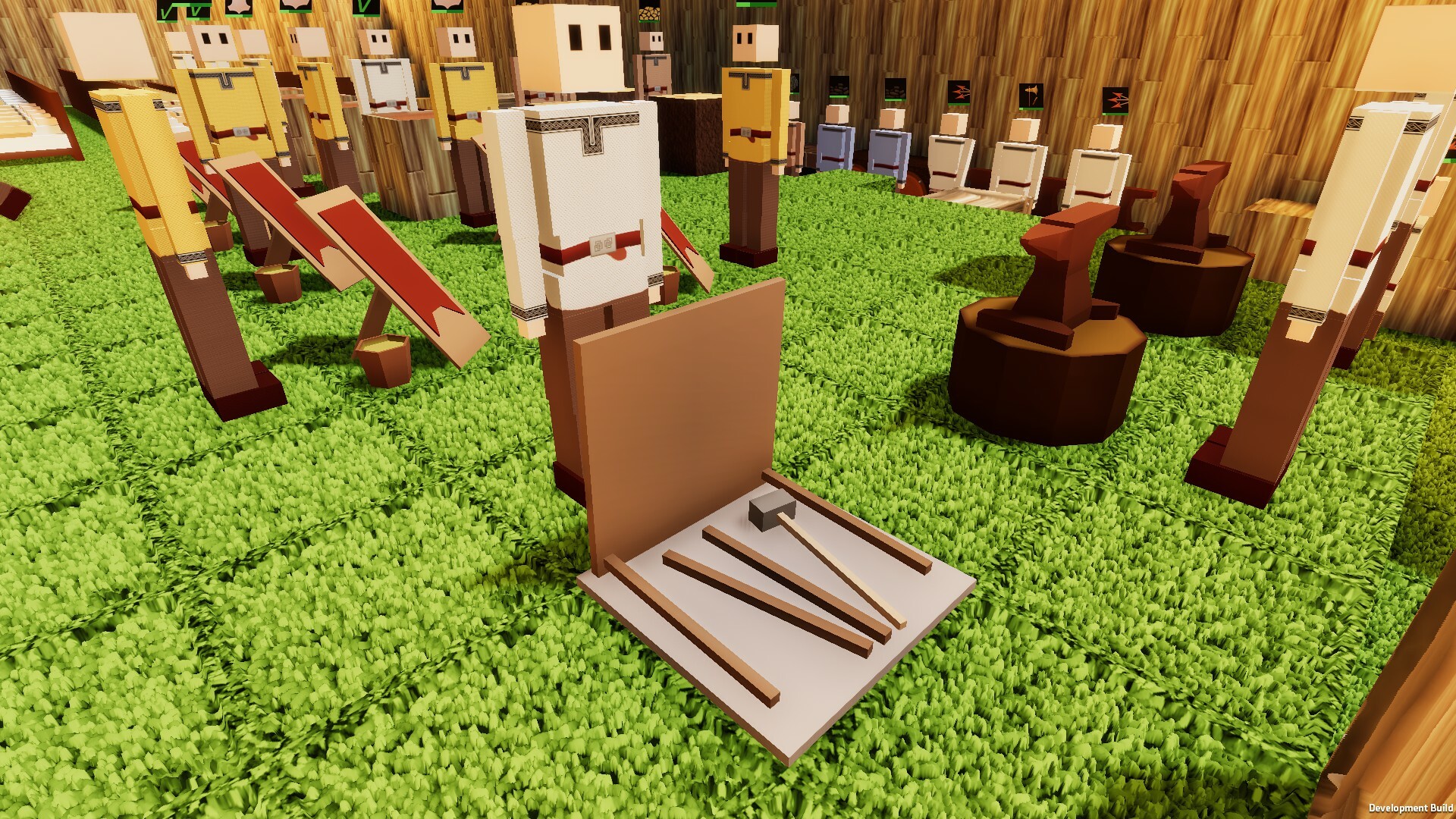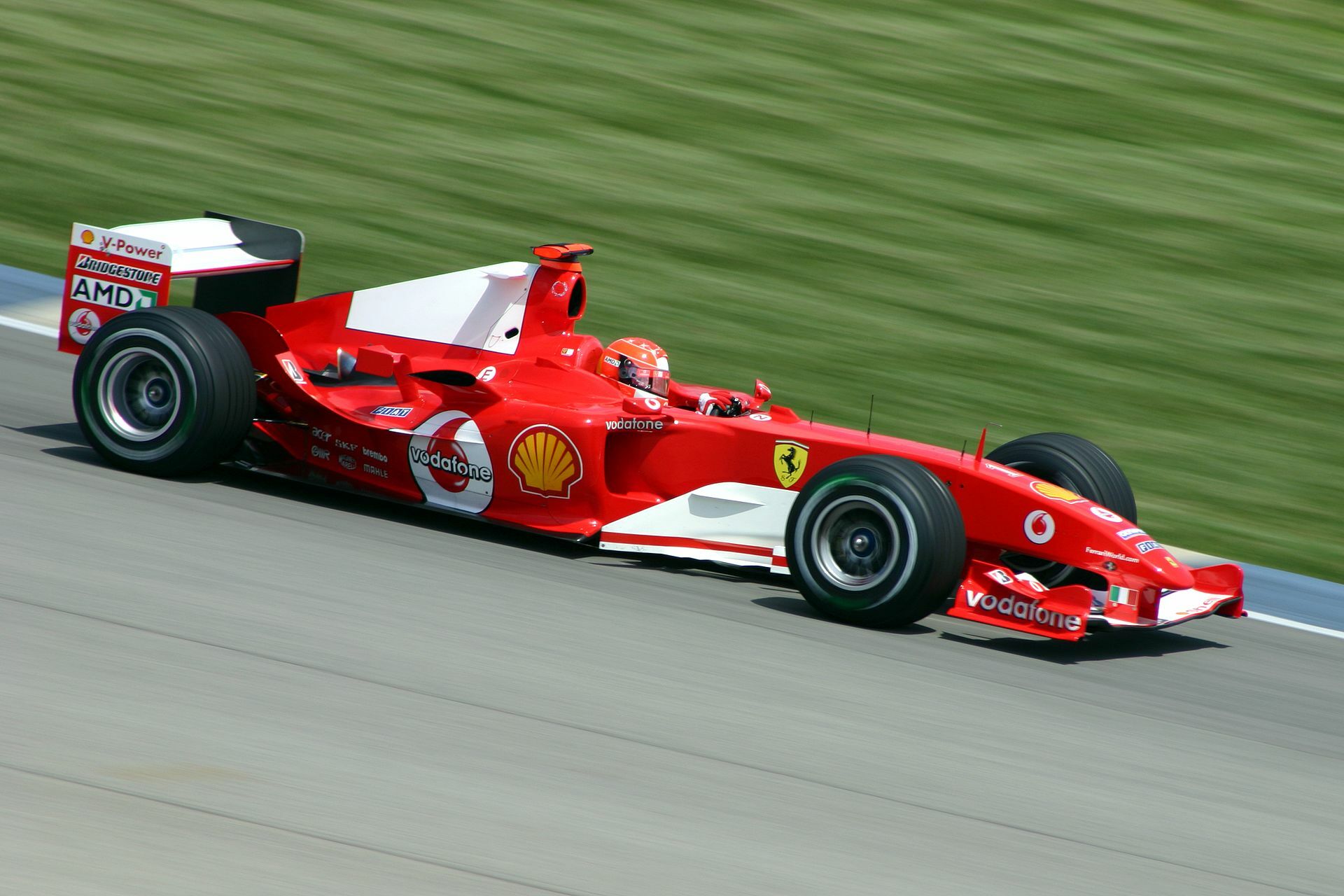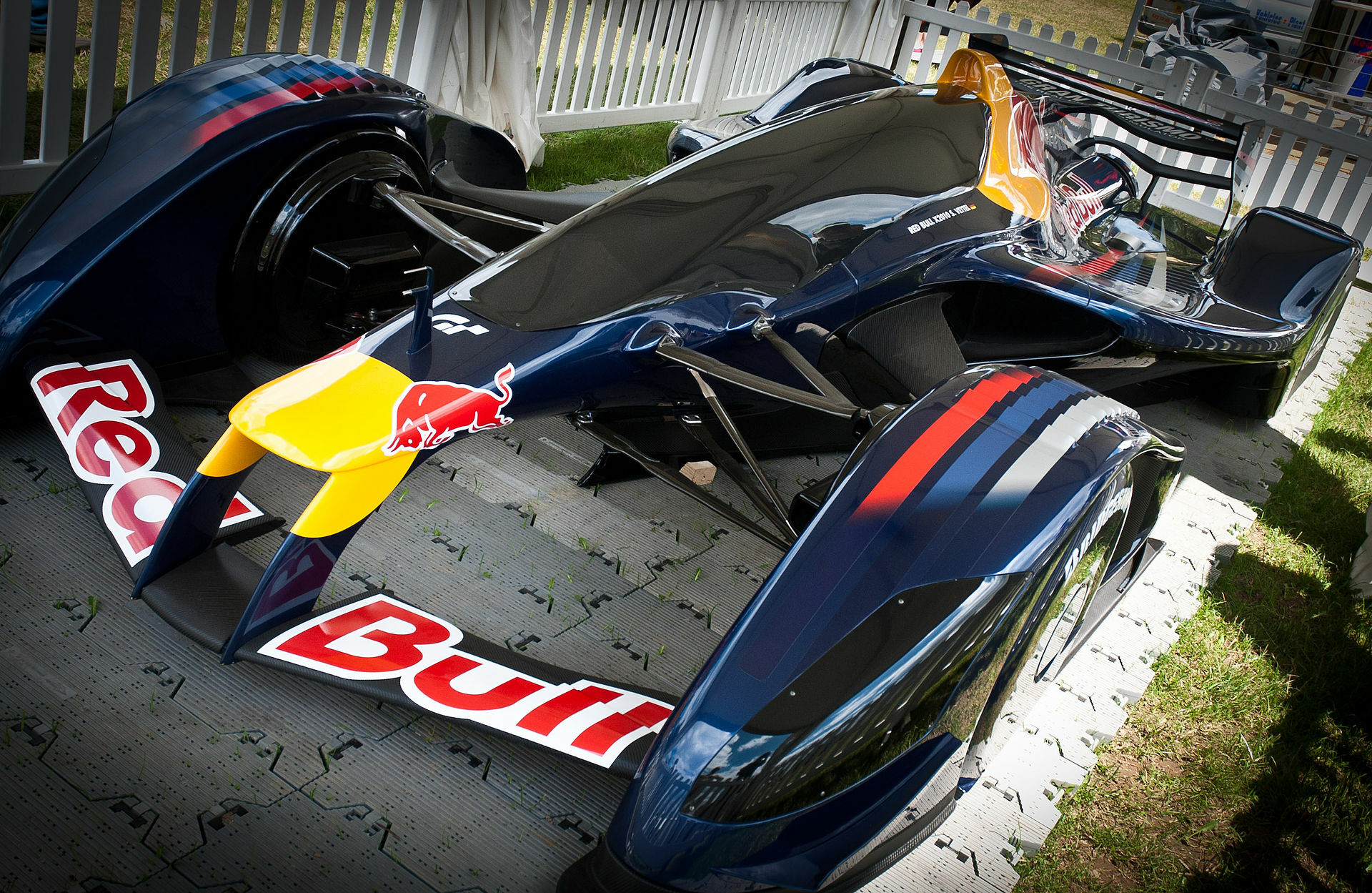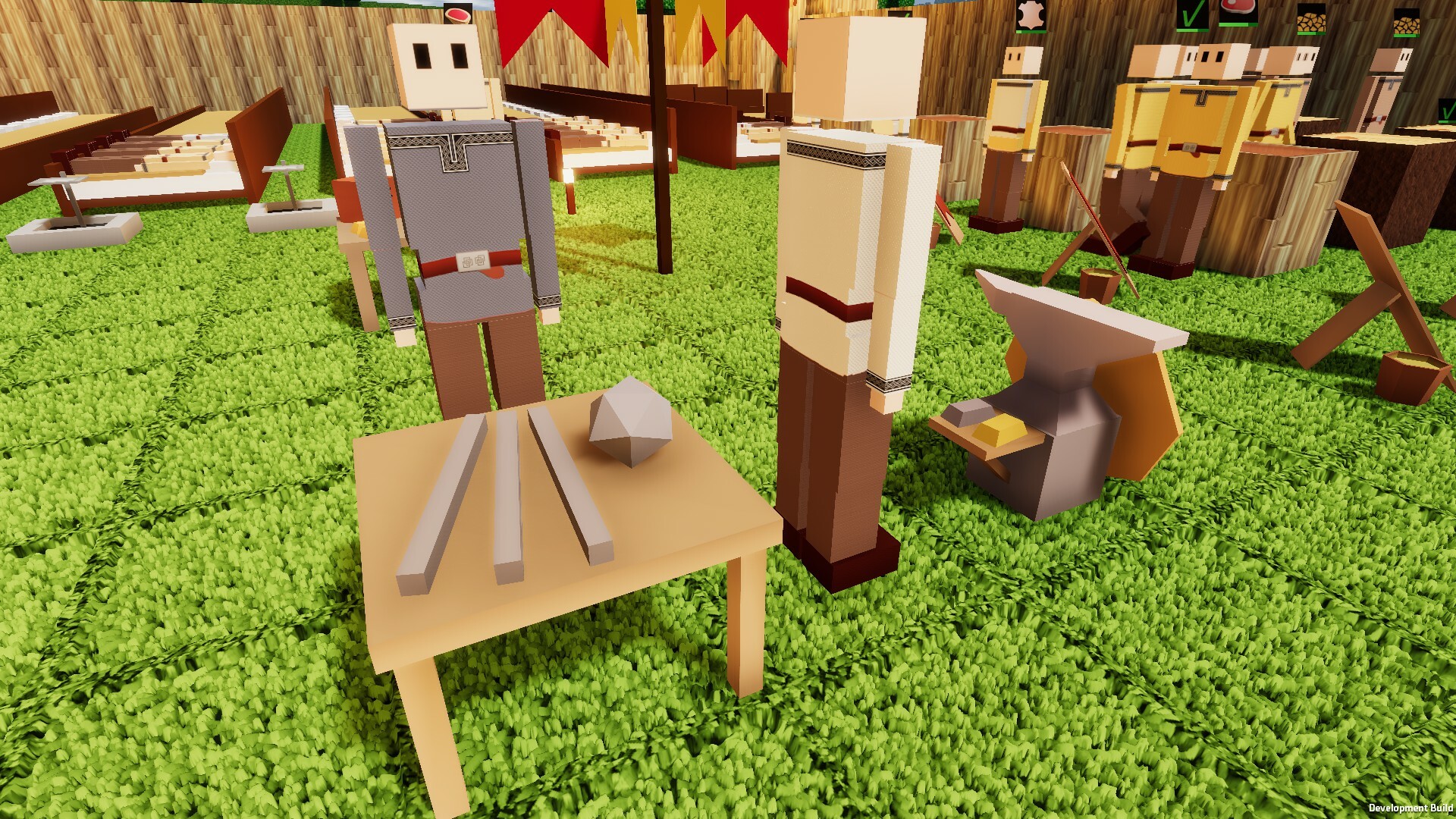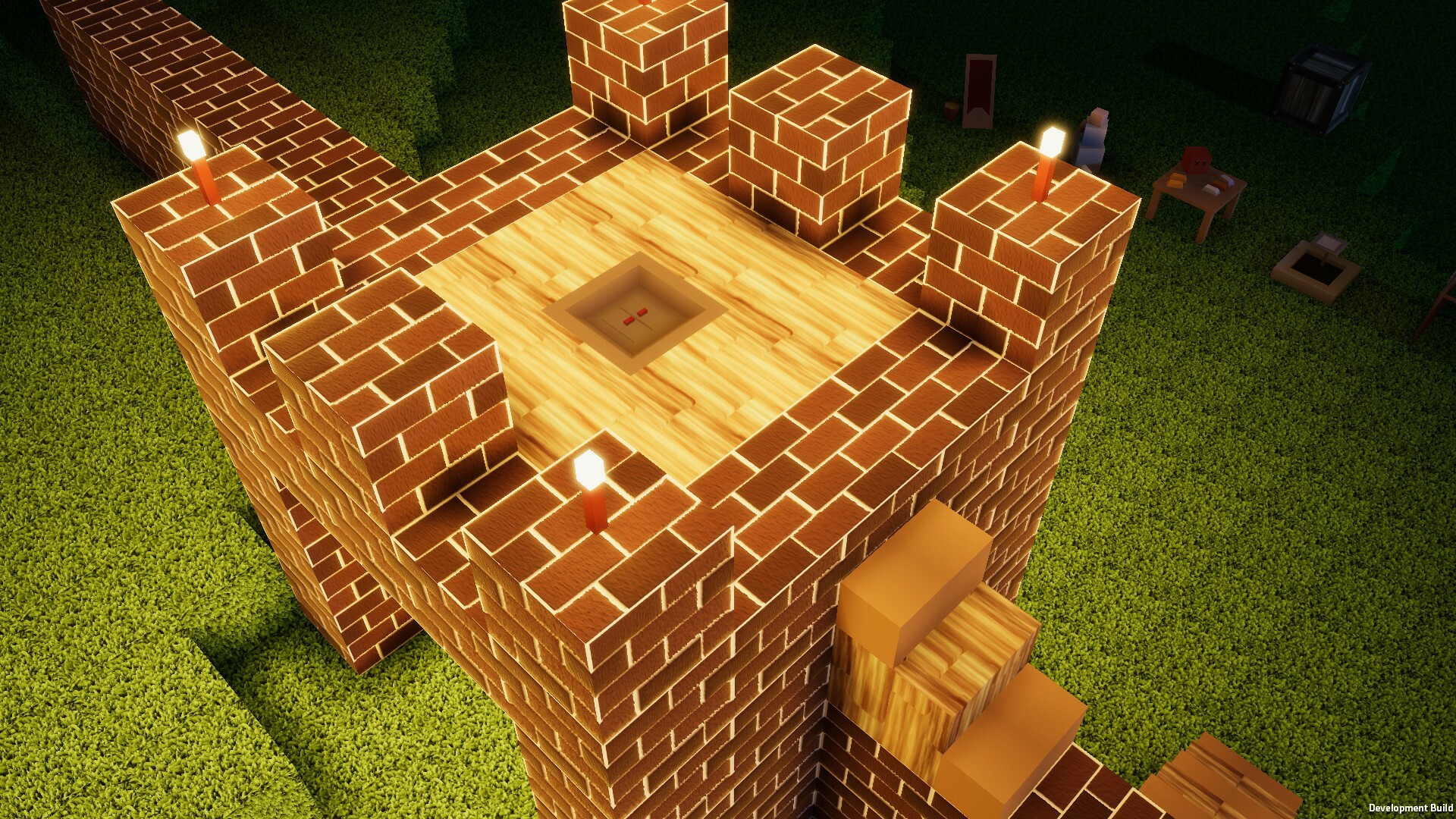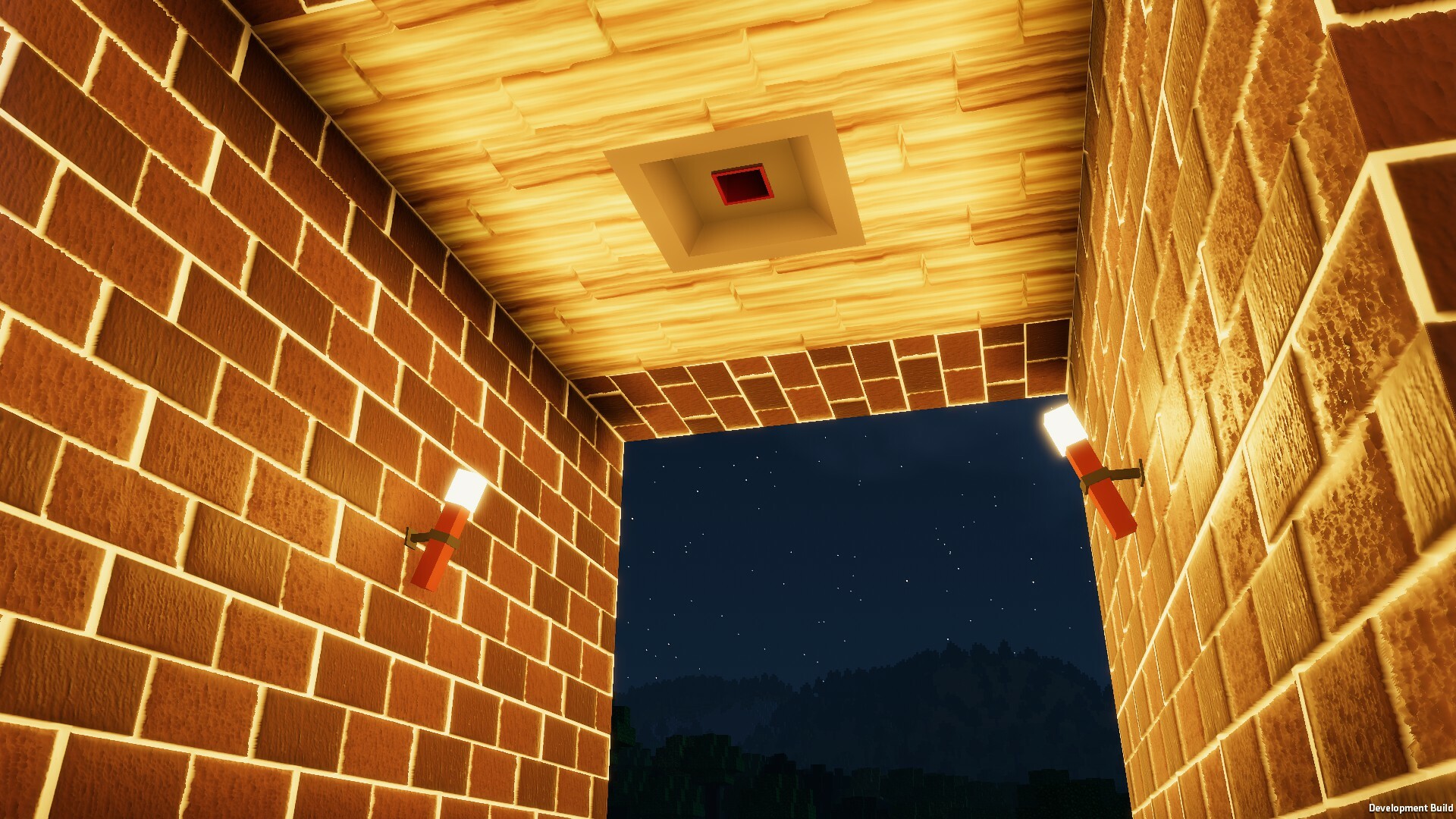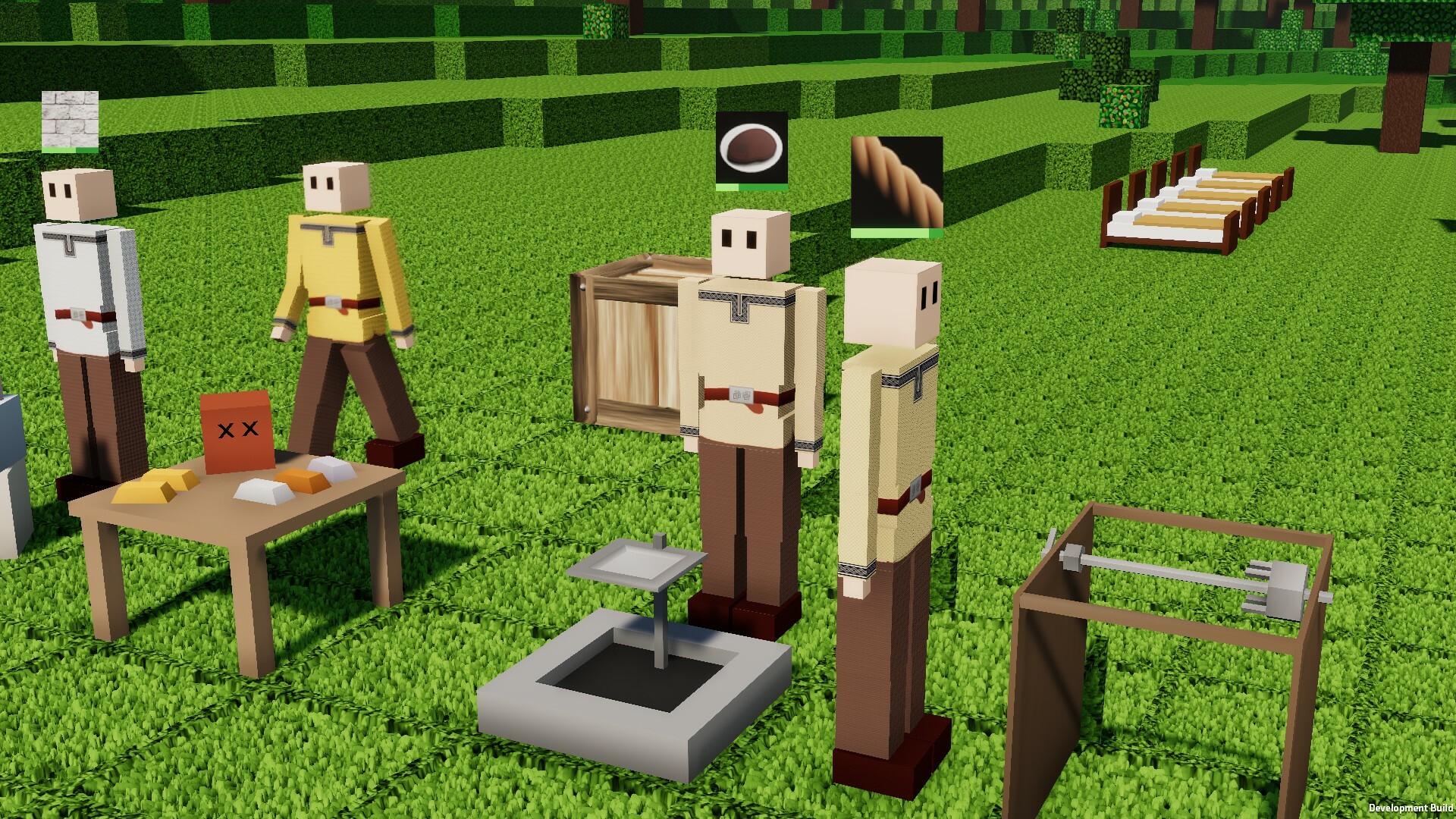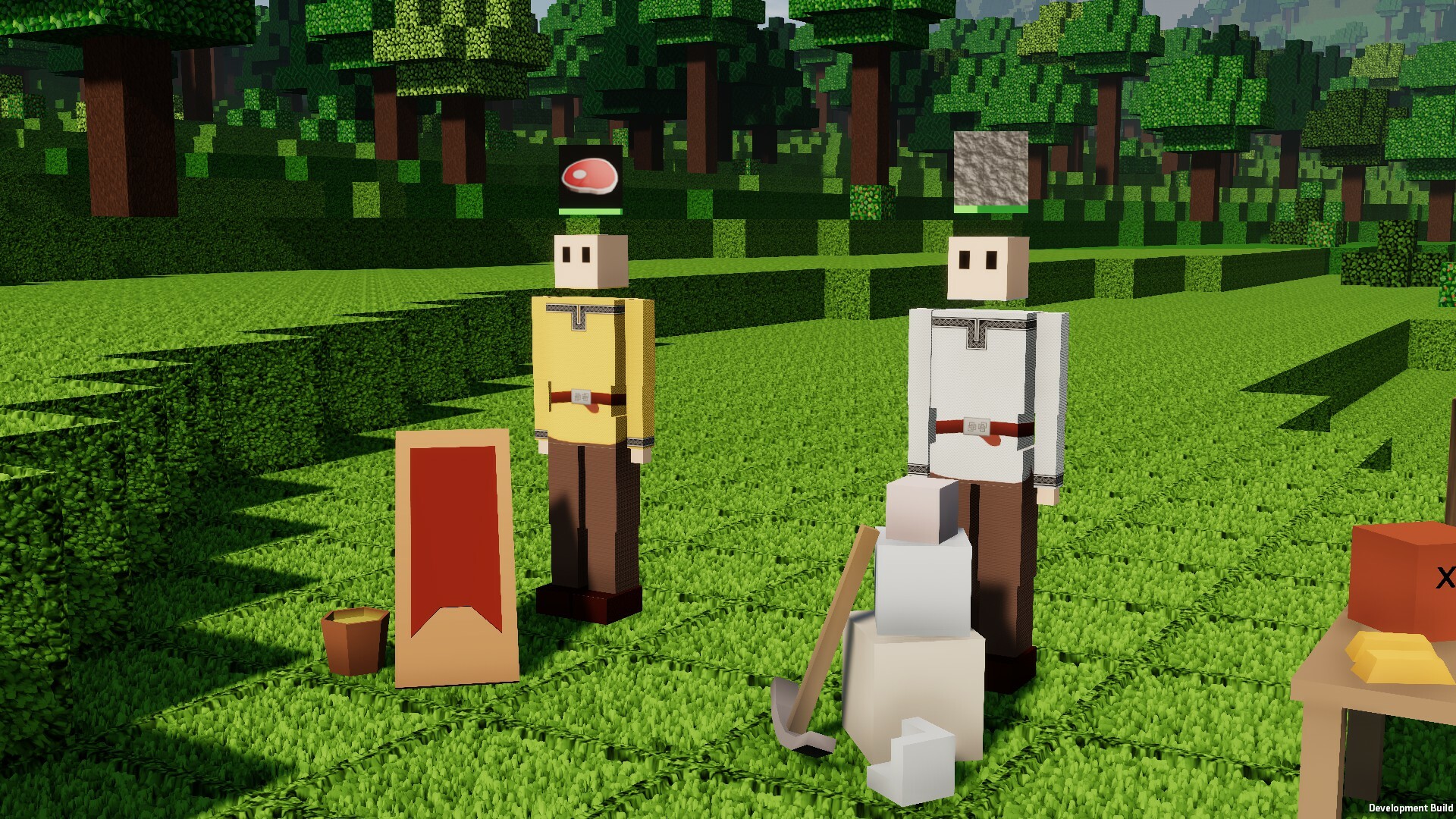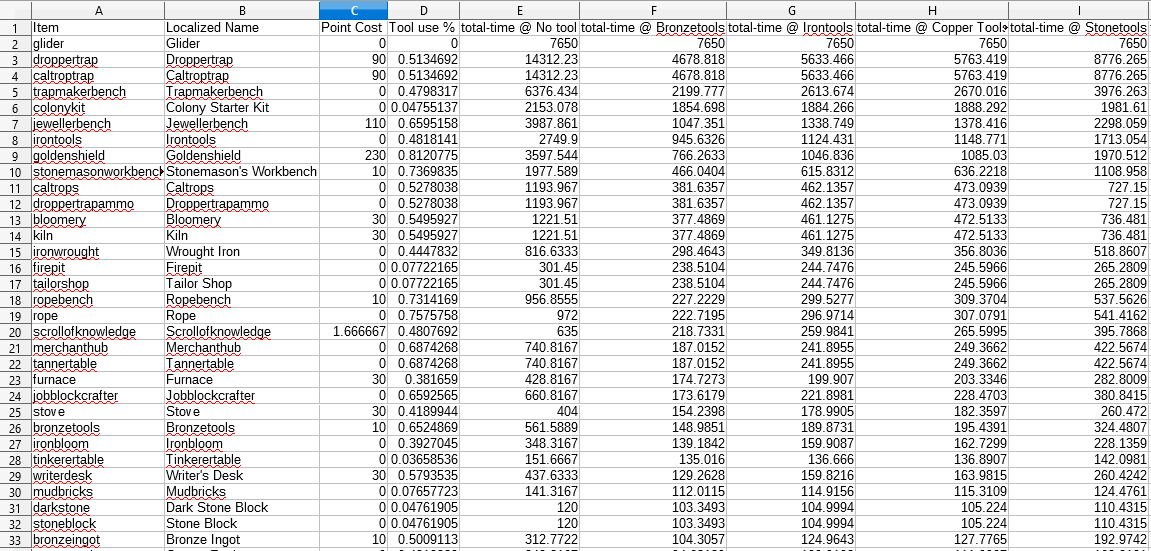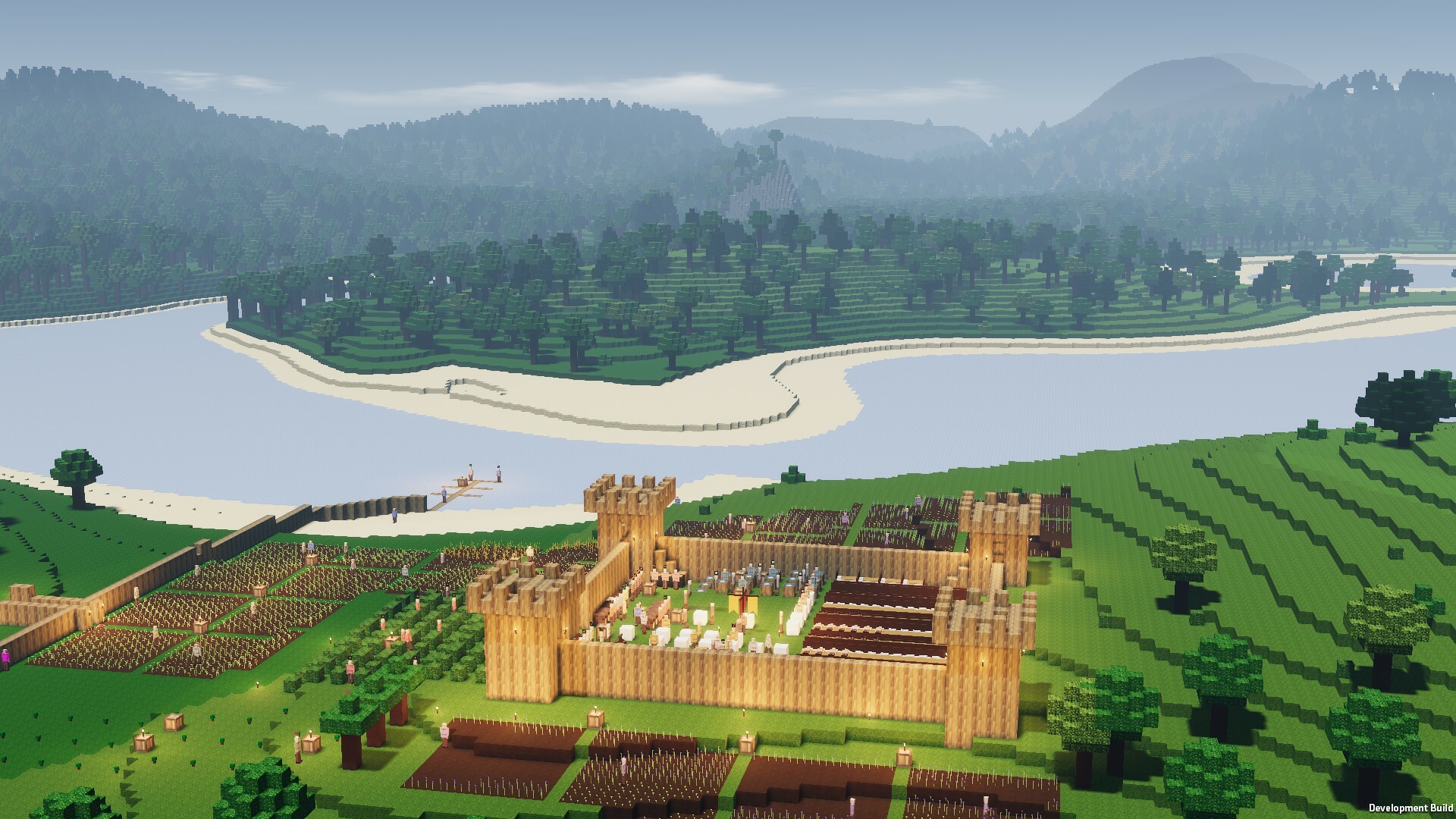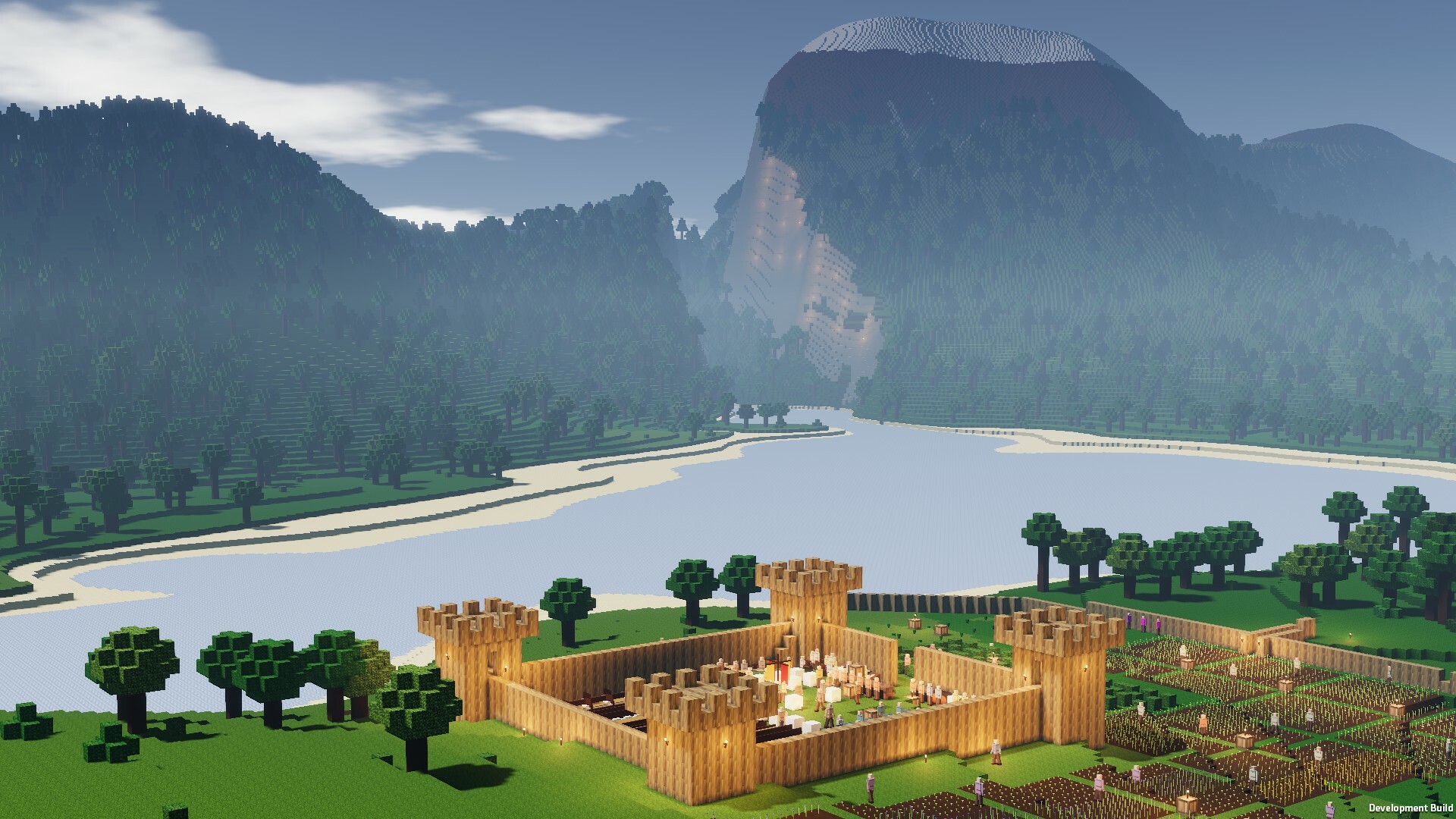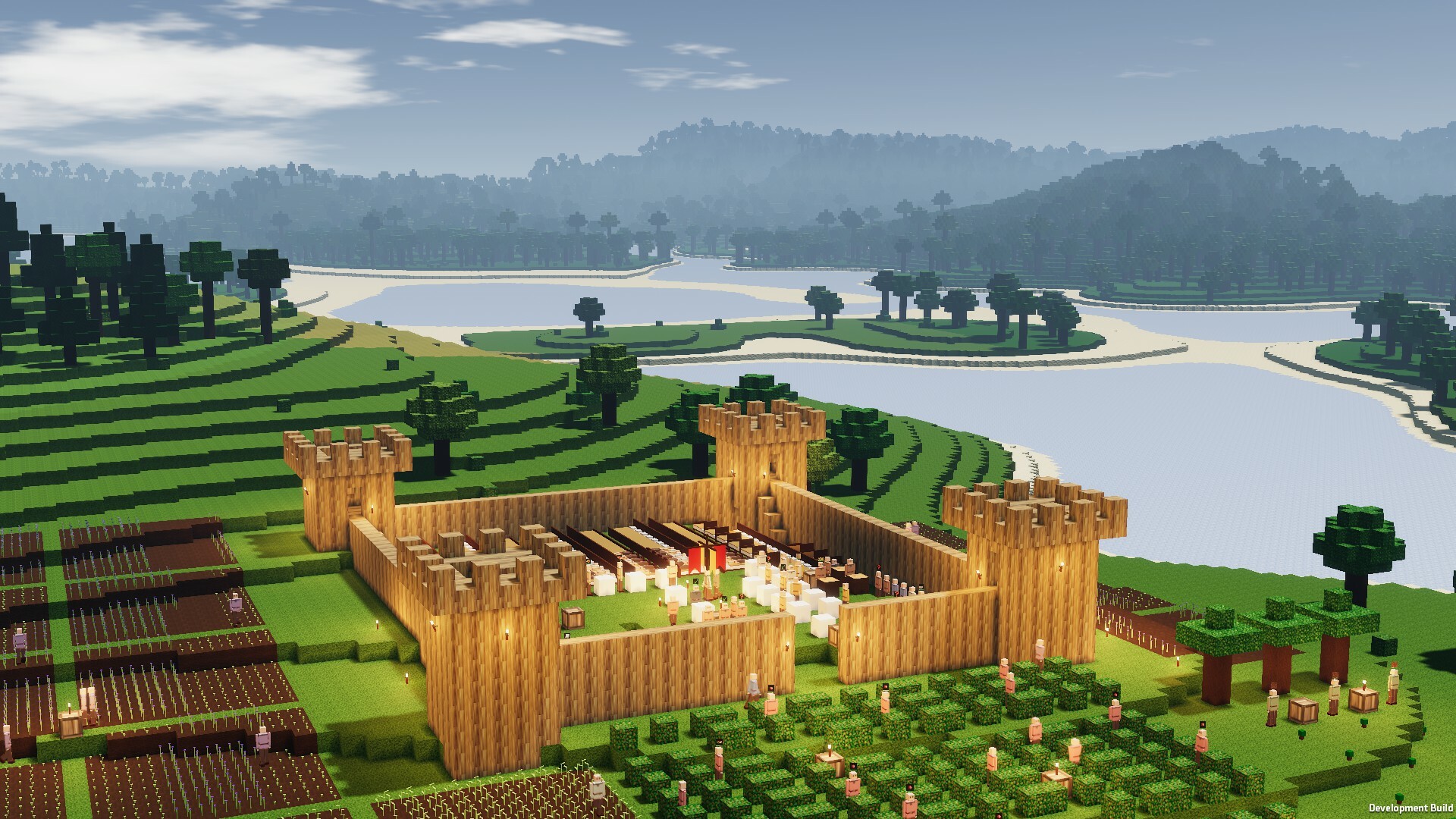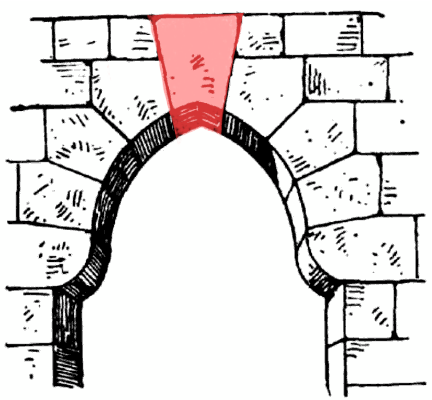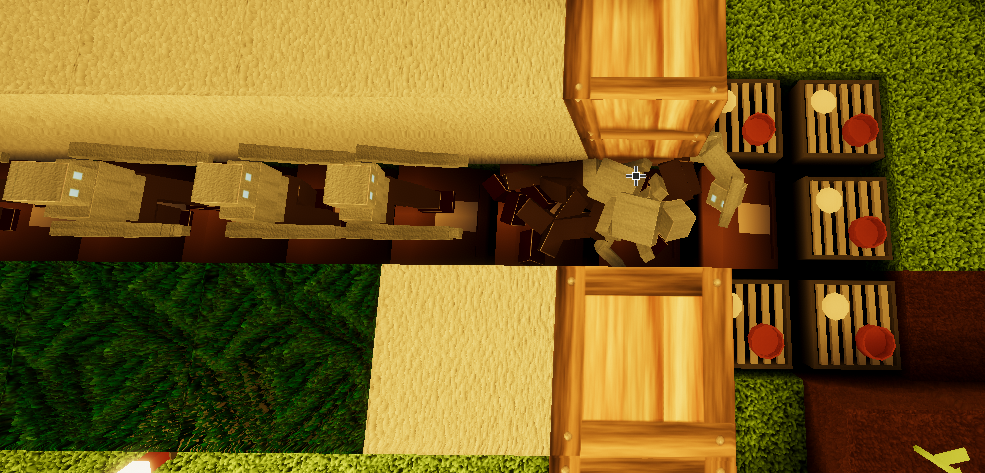
Mar 18, 2022
Colony Survival - Pipliznl
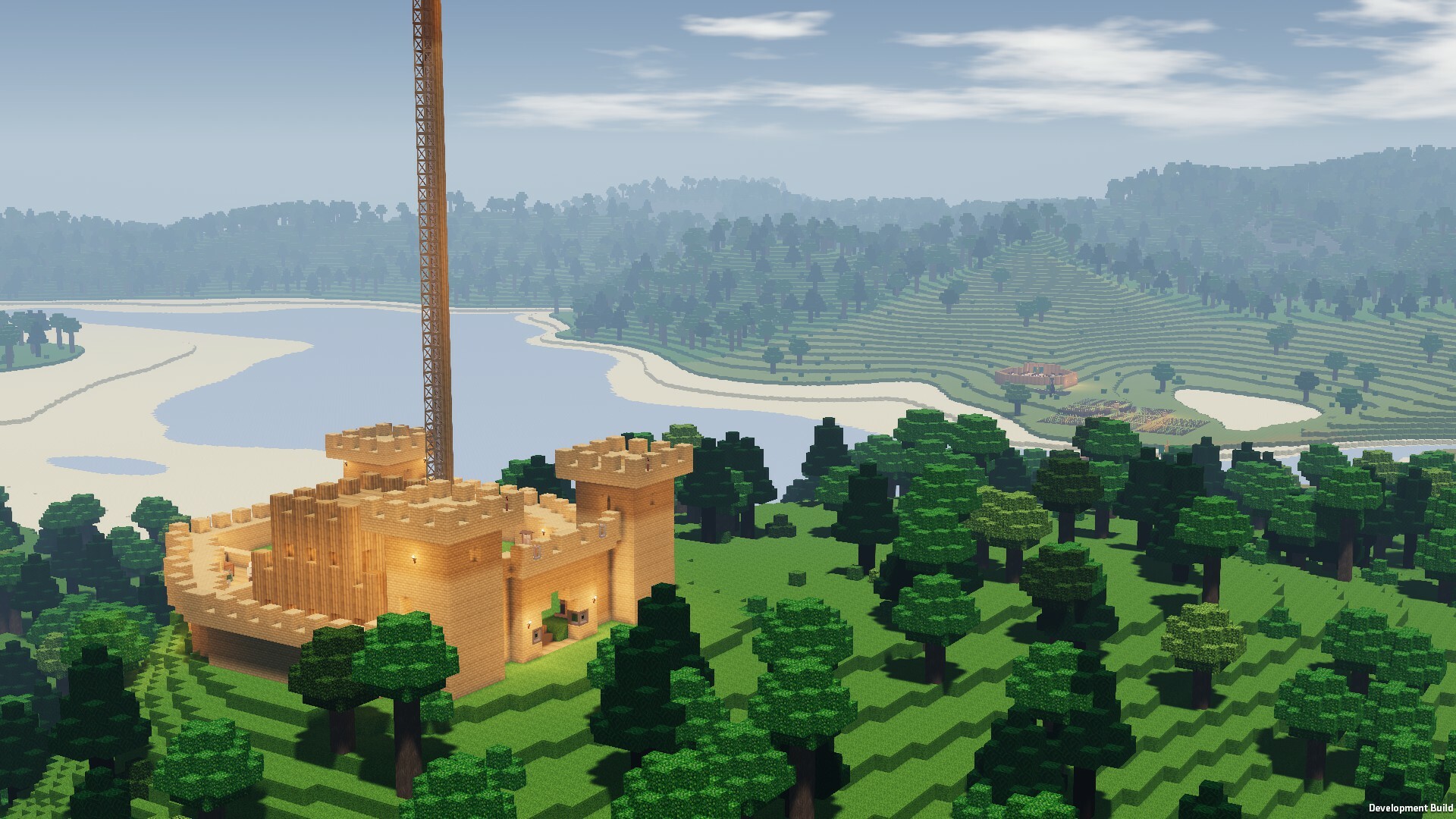
Zun had a brilliant idea this week. We need some kind of transport between colonies and their outposts. It’s a lot shorter than the distance between main colonies and the distant biomes in 0.7.0 / 0.8.0, but some alternative to walking would still be nice. And it would be great if it actually involves some building.
We’ve got the glider, but there are quite some complaints about the controls of it. And it doesn’t really make sense that the glider actually has an invisible engine, and can take off vertically and then just accelerate.
But we also don’t want to spend weeks and weeks working on a complex transport mechanic, postponing the release even further.
A demonstration of what using elevators currently looks like:
https://youtu.be/N-UaudIhhaM
So he suggested elevators. They don’t actually move in-game, for now. Nor do colonists use them. But if you build a connected elevator shaft with two “entrances”, you can “teleport” between the entrances. This has all kinds of purposes, but Zun simultaneously suggested removing the “engine” from the glider. In 0.9.0, it should only… glide, as its name suggests. That means you’ve got to build a tower to launch it from, and that tower can be climbed quickly with the new elevator mechanic!
Of course, stone age societies don’t suddenly build a functioning elevator out of wood and rock. It’s unlocked later in the tech tree, and producing a piece of elevator shaft is pretty expensive. It should be a significant goal.
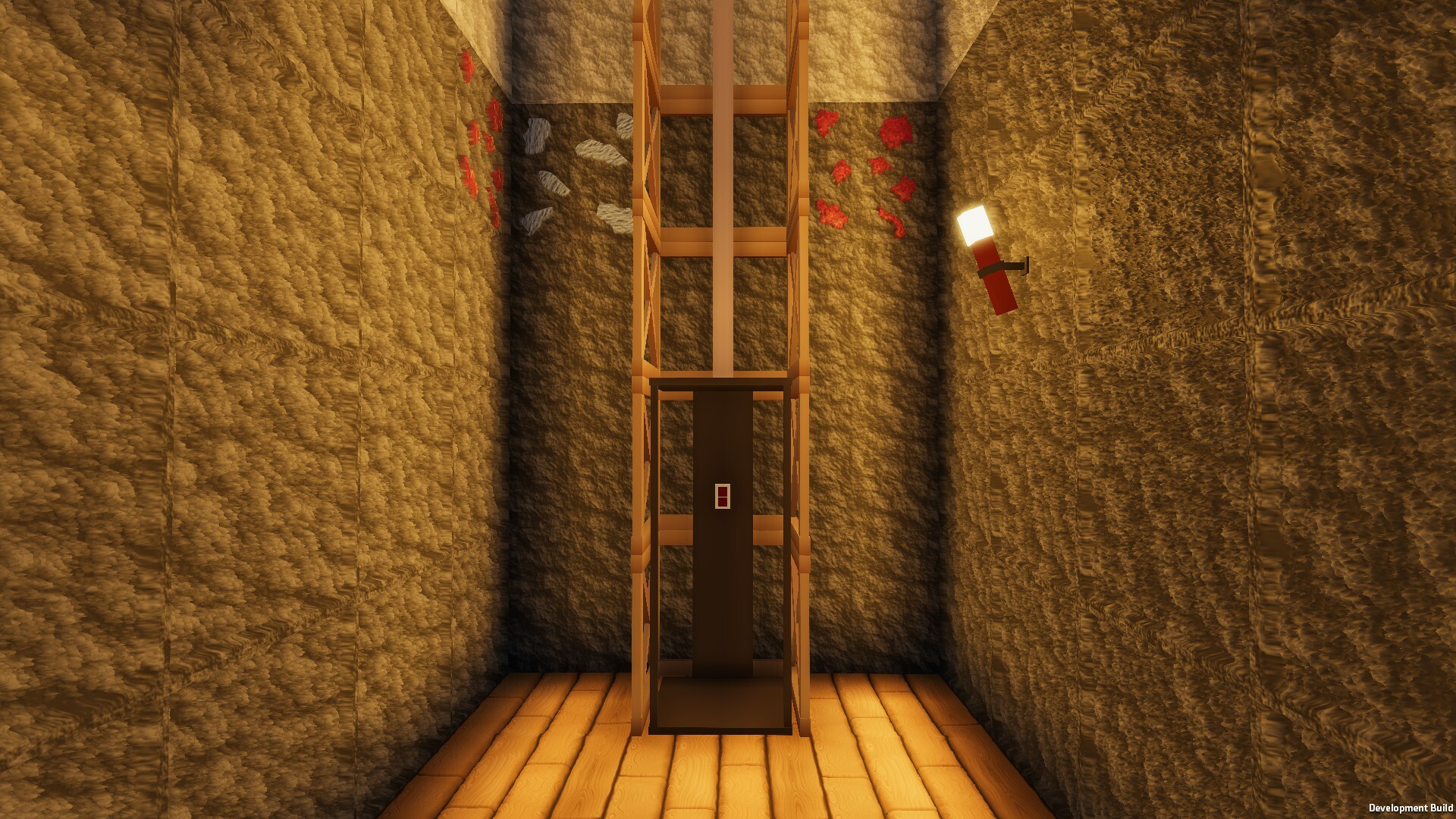
The basics of the feature only took a day to develop. We’re planning to add an even more expensive horizontal variant as well. It won’t be able to twist and turn, so you’ll have to build it in a straight line from A to B. So building a “horizontal elevator” should take quite some effort, especially if you want it to look a bit nice, with bridges and tunnels. But the end result would basically be a local, specific ‘teleporter’.
We had an idea for 0.7.0, the update from 2019. We wanted to let you expand throughout the world and give purpose to some exploration. We wanted to make travelling relevant. But it didn’t turn out exactly as we liked. Lots of 0.7.0 features worked quite well, but the distant colonies were really distant, hard to set up and quite irrelevant to the core of the game.
We’re now correcting our mistakes. The original vision is still appealing, but it needs to be better. Outposts are a lot easier to set up, due to them sharing both the stockpile and science with the main colony. They will be useful to the main colony without having to be very distant. Travelling between them shouldn’t be tedious, and there should be interesting and challenging ways to build infrastructure between them. We think we're close to achieving that, and that should make the system function a lot better than it did in 0.7/0.8.
Combined with all the other changes in 0.9.0, we’re highly excited about the “new” Colony Survival. We hope to be able to open up the beta to a broad group of testers in the Spring, and we’re planning for a full release of 0.9.0 in the Summer. We hope we don’t have to postpone that release date - that would cost us our holiday ;)

Two weeks ago, we shared the news of the death of our cat Lizzy, the source of the “Liz” part in Pipliz. We received an enormous amount of supportive reactions. We couldn’t respond to all of them personally, but I do read them all. We’re deeply touched and grateful for your support.
Bedankt voor het lezen!
Reddit // Twitter // YouTube // Website // Discord




